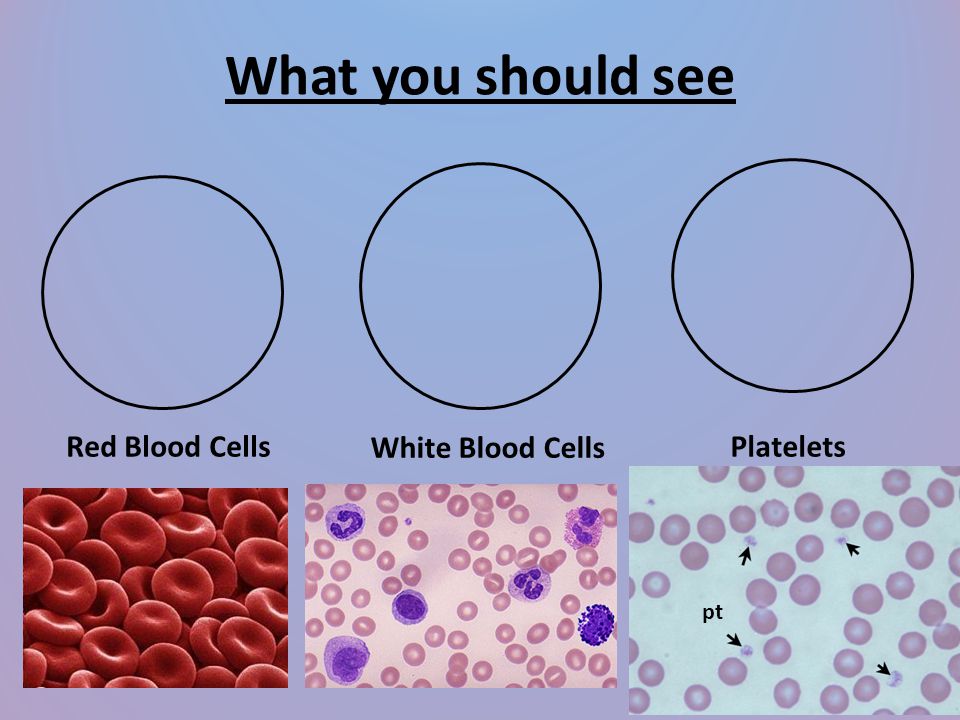What does small red blood cells mean. Microcytic Anemia: Causes, Symptoms, and Treatment Options
What are the common causes of microcytic anemia. How is microcytic anemia diagnosed and treated. What are the key symptoms to watch out for with microcytic anemia. How does iron deficiency contribute to microcytic anemia. What lifestyle changes can help manage microcytic anemia.
Understanding Microcytic Anemia: A Comprehensive Overview
Microcytic anemia is a condition characterized by smaller-than-normal red blood cells and a reduced number of these cells in the body. This type of anemia can significantly impact a person’s health and quality of life. To better understand this condition, let’s delve into its definition, causes, and implications.
Microcytosis refers to red blood cells that are smaller than the typical size. When combined with anemia, which indicates a low count of properly functioning red blood cells, we have microcytic anemia. This condition is often associated with inadequate hemoglobin production, a crucial component of blood that transports oxygen throughout the body.
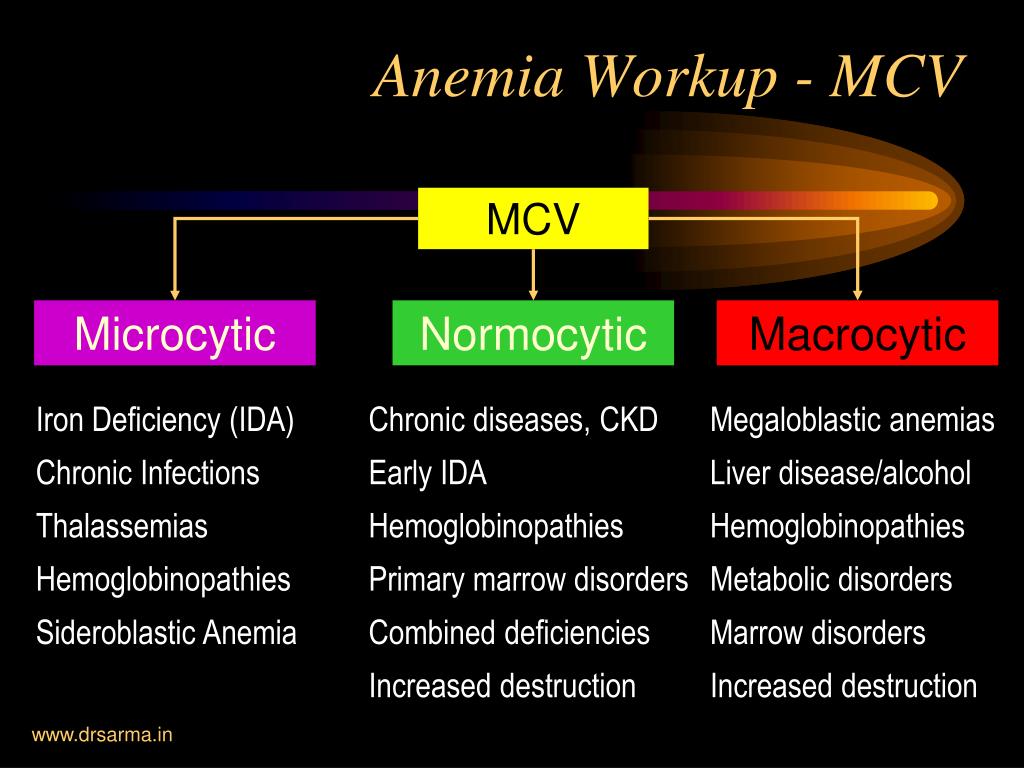
The Role of Hemoglobin in Microcytic Anemia
Why is hemoglobin so important in the context of microcytic anemia? Hemoglobin is not only responsible for oxygen transport but also gives red blood cells their characteristic red color. In microcytic anemias, the body struggles to produce sufficient hemoglobin, leading to smaller and fewer red blood cells.
Common Causes of Microcytic Anemia: From Iron Deficiency to Genetic Factors
While iron deficiency is the most prevalent cause of microcytic anemia, several other conditions can lead to this type of anemia. Understanding these causes is crucial for proper diagnosis and treatment.
- Iron deficiency anemia
- Thalassemia
- Sideroblastic anemia
- Anemia of chronic disease
- Lead poisoning
Iron deficiency anemia, the most common cause, can result from inadequate iron intake, poor iron absorption, or chronic blood loss. Conditions such as celiac disease, Helicobacter pylori infection, and inflammatory bowel disease can interfere with iron absorption. Women experiencing heavy menstrual periods or individuals with gastrointestinal bleeding are also at higher risk.

Thalassemia, an inherited blood disorder, affects hemoglobin production due to genetic mutations. Sideroblastic anemia, which can be inherited or acquired, impairs the body’s ability to incorporate iron into hemoglobin components.
Recognizing the Symptoms: When to Seek Medical Attention
Identifying the symptoms of microcytic anemia is crucial for early detection and treatment. While initial stages may not present noticeable symptoms, as the condition progresses, various signs may emerge.
What are the key symptoms of microcytic anemia to watch for?
- Fatigue and weakness
- Decreased stamina
- Shortness of breath
- Dizziness
- Pale skin
If you experience these symptoms persistently for more than two weeks, it’s advisable to consult a healthcare professional. Severe dizziness or shortness of breath warrants immediate medical attention.
Diagnosing Microcytic Anemia: Beyond the Symptoms
Accurate diagnosis of microcytic anemia involves a combination of clinical assessment and laboratory tests. Healthcare providers typically start with a comprehensive medical history and physical examination.
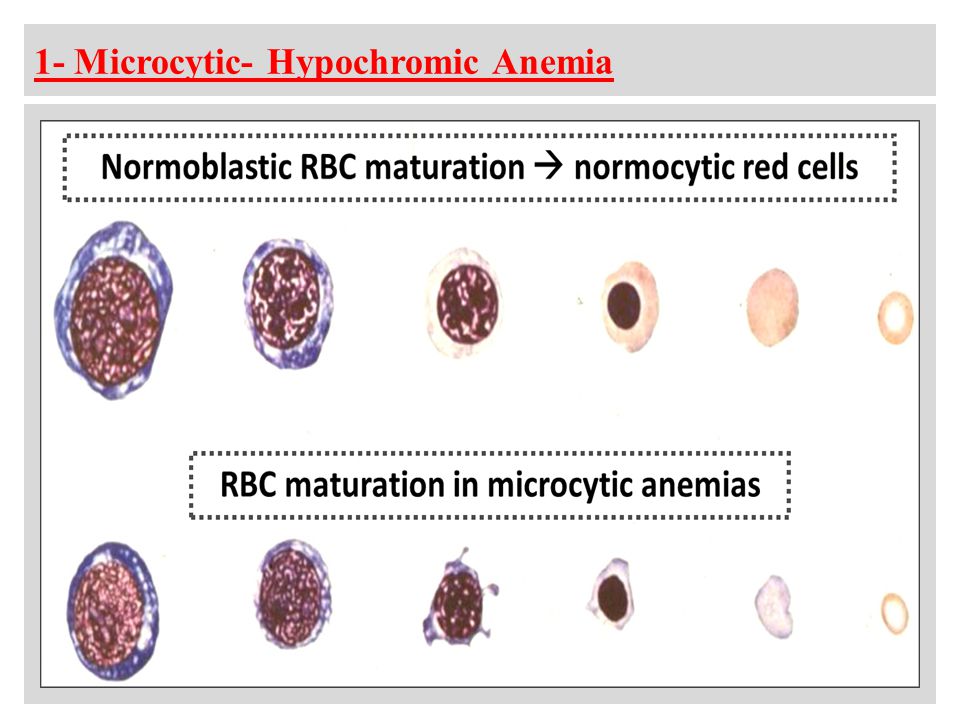
Key Diagnostic Tools
- Complete Blood Count (CBC): This test provides information about the size, number, and appearance of red blood cells.
- Peripheral Blood Smear: A microscopic examination of blood cells can reveal abnormalities in size and shape.
- Iron Studies: These tests measure iron levels, iron-binding capacity, and ferritin levels in the blood.
- Hemoglobin Electrophoresis: This test can help diagnose thalassemia and other hemoglobin disorders.
How do healthcare providers differentiate between various types of microcytic anemia? They consider the Mean Corpuscular Volume (MCV), which measures the average size of red blood cells, along with other blood parameters and clinical features.
Treatment Approaches: Tailoring Solutions to Underlying Causes
The treatment of microcytic anemia primarily focuses on addressing the underlying cause. The approach varies depending on the specific type of anemia and its severity.
Iron Deficiency Anemia Treatment
For iron deficiency anemia, the mainstay of treatment is iron supplementation. This can be achieved through:
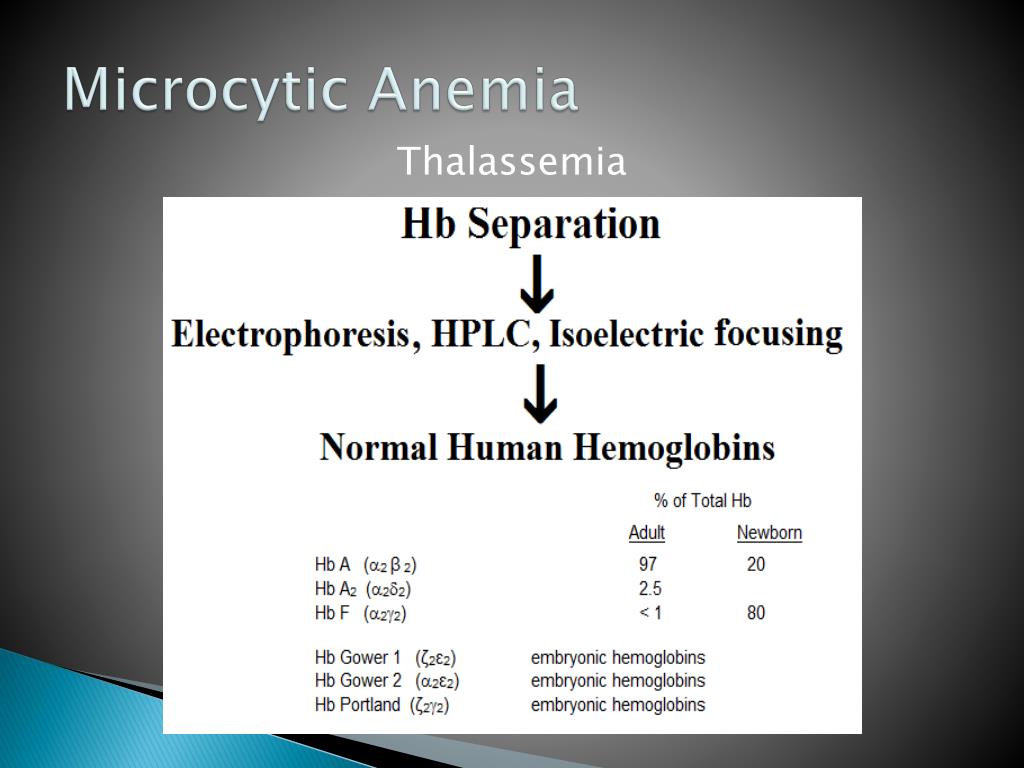
- Oral iron supplements
- Intravenous iron therapy for severe cases or when oral supplements are not tolerated
- Dietary modifications to increase iron intake
How long does it take for iron supplementation to improve anemia? While responses vary, many individuals start to feel better within a few weeks, with significant improvement in blood counts typically seen within 2-3 months of consistent treatment.
Managing Other Types of Microcytic Anemia
Treatment for other forms of microcytic anemia depends on their specific causes:
- Thalassemia: Management may include blood transfusions, iron chelation therapy, and in some cases, stem cell transplantation.
- Sideroblastic Anemia: Treatment can involve pyridoxine (vitamin B6) supplementation, and in some cases, blood transfusions.
- Anemia of Chronic Disease: The focus is on treating the underlying condition while managing anemia symptoms.
Living with Microcytic Anemia: Lifestyle Modifications and Self-Care
While medical treatment is essential, lifestyle modifications can play a significant role in managing microcytic anemia and improving overall health.
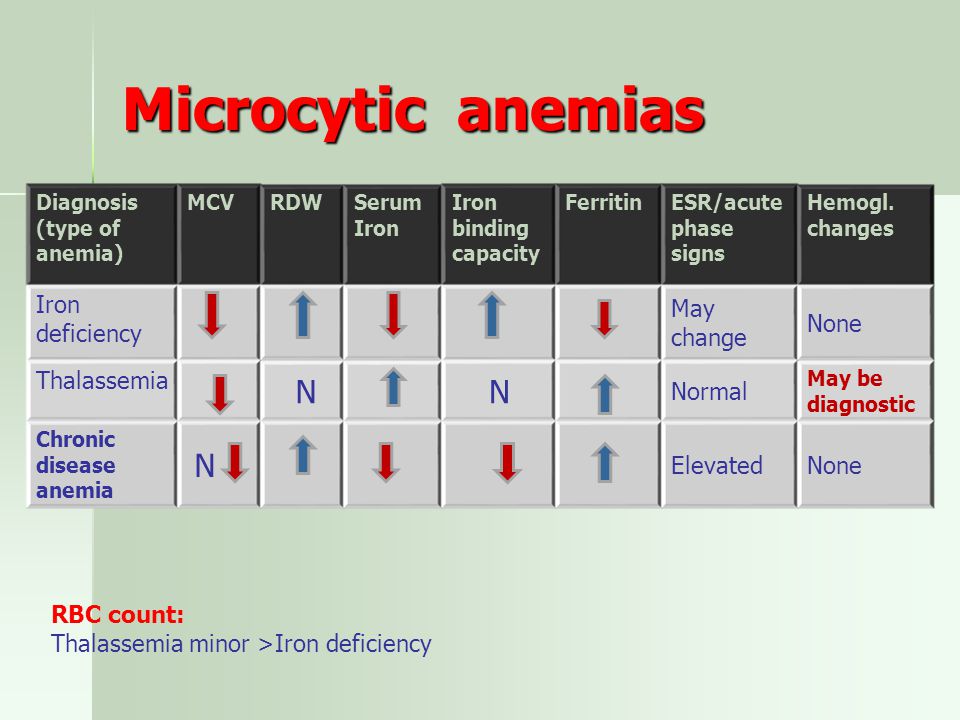
Dietary Considerations
What dietary changes can help manage microcytic anemia?
- Increase consumption of iron-rich foods (e.g., lean meats, leafy greens, legumes)
- Pair iron-rich foods with vitamin C sources to enhance absorption
- Avoid substances that inhibit iron absorption, such as coffee and tea, during meals
Exercise and Activity
Regular physical activity can help improve overall health and energy levels. However, it’s crucial to:
- Start with low-intensity exercises and gradually increase as tolerated
- Listen to your body and avoid overexertion
- Stay hydrated during physical activities
Stress Management
Chronic stress can exacerbate anemia symptoms. Incorporating stress-reduction techniques such as meditation, yoga, or deep breathing exercises can be beneficial.
Preventing Microcytic Anemia: Proactive Measures for Better Health
While not all cases of microcytic anemia are preventable, certain measures can reduce the risk or severity of the condition.
Nutritional Awareness
Maintaining a balanced diet rich in iron and other essential nutrients is crucial. This is particularly important for individuals at higher risk of iron deficiency, such as:
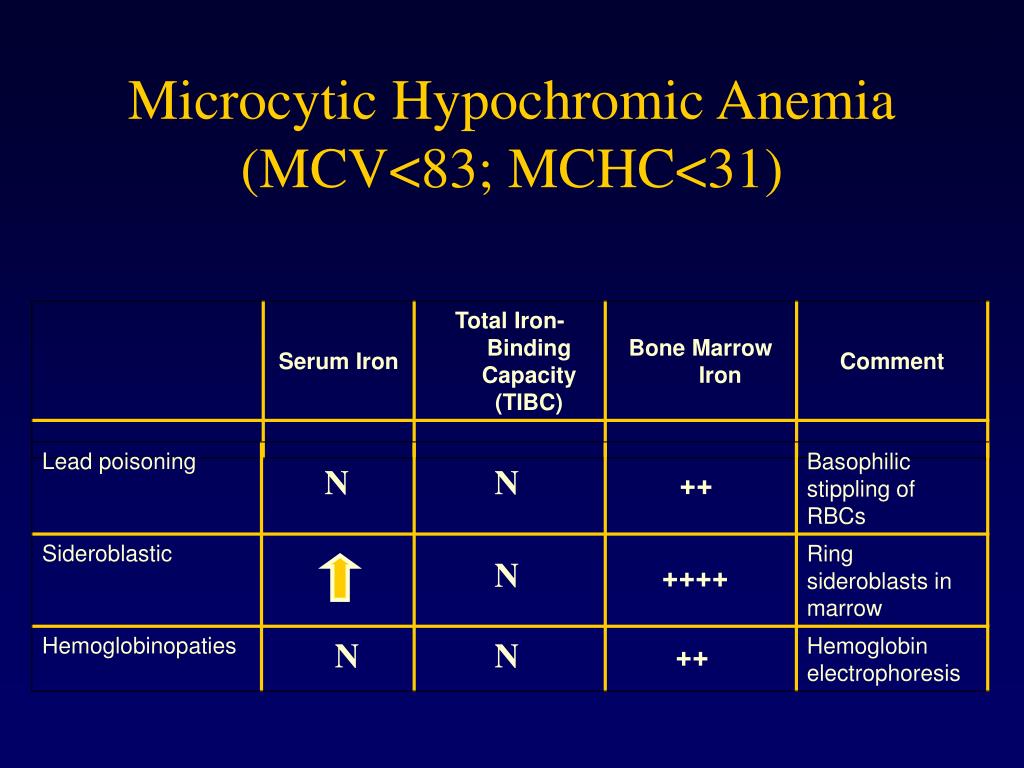
- Vegetarians and vegans
- Pregnant women
- Endurance athletes
- Individuals with chronic diseases affecting nutrient absorption
Regular Health Check-ups
Routine medical check-ups can help detect anemia early, even before symptoms become apparent. This is especially important for individuals with chronic conditions or those at higher risk of developing anemia.
Addressing Underlying Health Issues
Managing chronic conditions that may contribute to anemia is essential. This includes:
- Treating gastrointestinal disorders that may cause bleeding or malabsorption
- Managing heavy menstrual bleeding in women
- Addressing any chronic inflammatory conditions
The Future of Microcytic Anemia Management: Emerging Research and Treatments
The field of hematology continues to evolve, bringing new hope for improved diagnosis and treatment of microcytic anemia.
Genetic Testing and Personalized Medicine
Advancements in genetic testing are paving the way for more personalized treatment approaches, especially for inherited forms of microcytic anemia like thalassemia.
:max_bytes(150000):strip_icc()/Microcytic-anemia-5215019_final-38568cd53b2e4fc0a0ec67fb7f4c0330.jpg)
Novel Iron Formulations
Research is ongoing to develop new iron formulations that offer better absorption and fewer side effects compared to traditional supplements.
Gene Therapy
For genetic forms of microcytic anemia, gene therapy holds promise as a potential cure. Clinical trials are underway to explore this innovative approach.
As research progresses, our understanding of microcytic anemia continues to deepen, offering hope for more effective treatments and improved quality of life for those affected by this condition.
Microcytic Anemia: Symptoms, Types, and Treatment
We include products we think are useful for our readers. If you buy through links on this page, we may earn a small commission Here’s our process.
Healthline only shows you brands and products that we stand behind.
Our team thoroughly researches and evaluates the recommendations we make on our site. To establish that the product manufacturers addressed safety and efficacy standards, we:
- Evaluate ingredients and composition: Do they have the potential to cause harm?
- Fact-check all health claims: Do they align with the current body of scientific evidence?
- Assess the brand: Does it operate with integrity and adhere to industry best practices?
We do the research so you can find trusted products for your health and wellness.
Read more about our vetting process.
Was this helpful?
Microcytic anemia means that you have smaller red blood cells than typical — and fewer of them. It can result from an iron deficiency or a health condition.
It can result from an iron deficiency or a health condition.
Microcytic anemia definition
Microcytosis is a term used to describe red blood cells that are smaller than normal. Anemia is when you have low numbers of properly functioning red blood cells in your body.
In microcytic anemias, your body has fewer red blood cells than normal. The red blood cells it does have are also too small. Several different types of anemias can be described as microcytic.
Microcytic anemias are caused by conditions that prevent your body from producing enough hemoglobin. Hemoglobin is a component of your blood. It helps transport oxygen to your tissues and gives your red blood cells their red color.
Iron deficiency causes most microcytic anemias. Your body needs iron to produce hemoglobin. But other conditions can cause microcytic anemias, too. To treat a microcytic anemia, your doctor will first diagnose the underlying cause.
You may not notice any symptoms of microcytic anemia at first.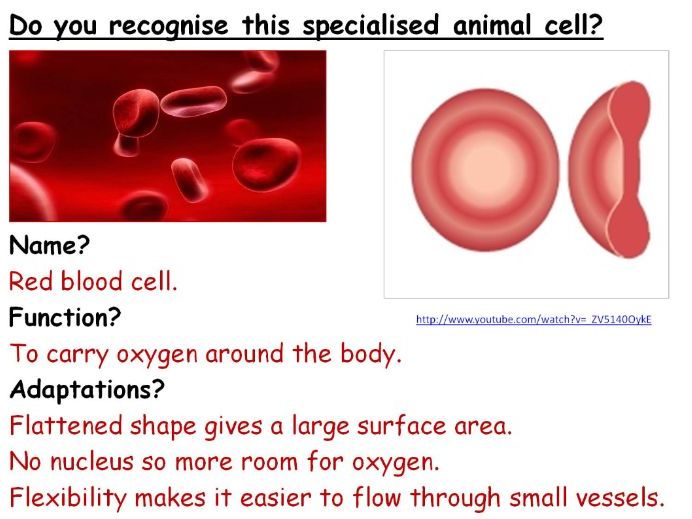 Symptoms often appear at an advanced stage when the lack of normal red blood cells is affecting your tissues.
Symptoms often appear at an advanced stage when the lack of normal red blood cells is affecting your tissues.
Common symptoms of microcytic anemias include:
- fatigue, weakness, and tiredness
- loss of stamina
- shortness of breath
- dizziness
- pale skin
If you experience any of these symptoms and they don’t resolve within two weeks, make an appointment to see your doctor.
You should make an appointment to see your doctor as soon as possible if you experience severe dizziness or shortness of breath.
Microcytic anemias can be further described according to the amount of hemoglobin in the red blood cells. They can be either hypochromic, normochromic, or hyperchromic:
1. Hypochromic microcytic anemias
Hypochromic means that the red blood cells have less hemoglobin than normal. Low levels of hemoglobin in your red blood cells leads to appear paler in color. In microcytic hypochromic anemia, your body has low levels of red blood cells that are both smaller and paler than normal.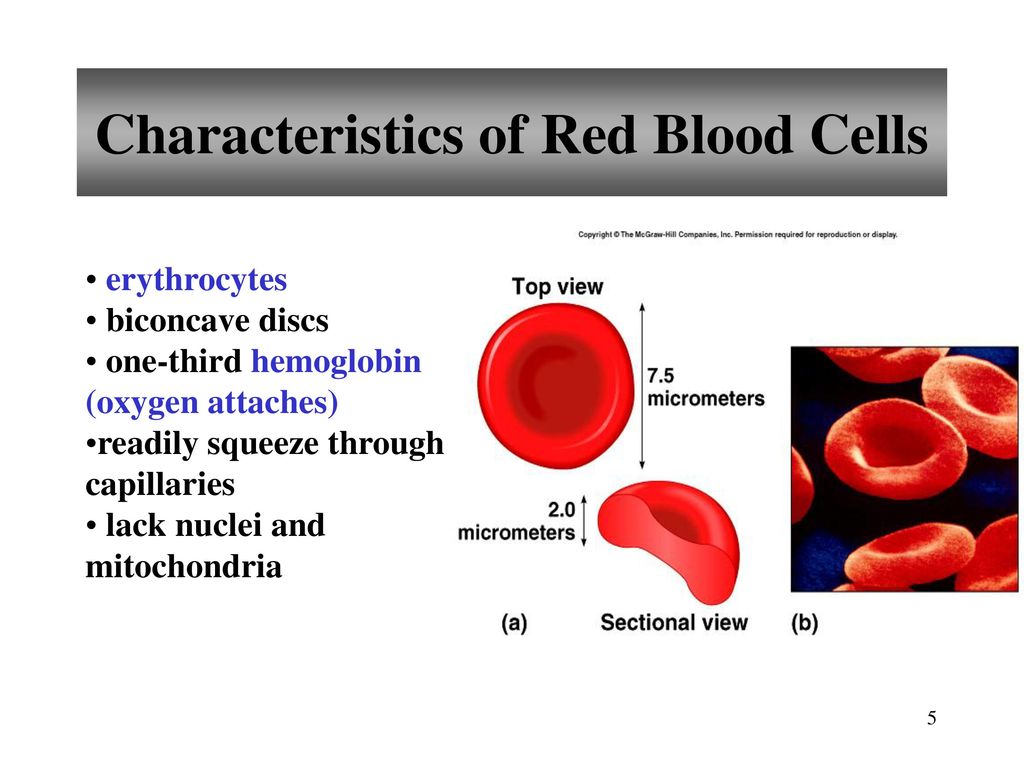
Most microcytic anemias are hypochromic. Hypochromic microcytic anemias include:
Iron deficiency anemia: The most common cause of microcytic anemia is an iron deficiency in the blood. Iron deficiency anemia can be caused by:
- inadequate iron intake, usually as a result of your diet
- being unable to absorb iron due to conditions like celiac disease or Helicobacter pylori infection
- chronic blood loss due to frequent or heavy periods in women or by gastrointestinal (GI) bleeds from upper GI ulcers or inflammatory bowel disease
- pregnancy
Thalassemia: Thalassemia is a type of anemia that’s caused by an inherited abnormality. It involves mutations in the genes needed for normal hemoglobin production.
Sideroblastic anemia: Sideroblastic anemia can be inherited due to gene mutations (congenital). It can also be caused by a condition acquired later in life that impedes your body’s ability to integrate iron into one of the components needed to make hemoglobin.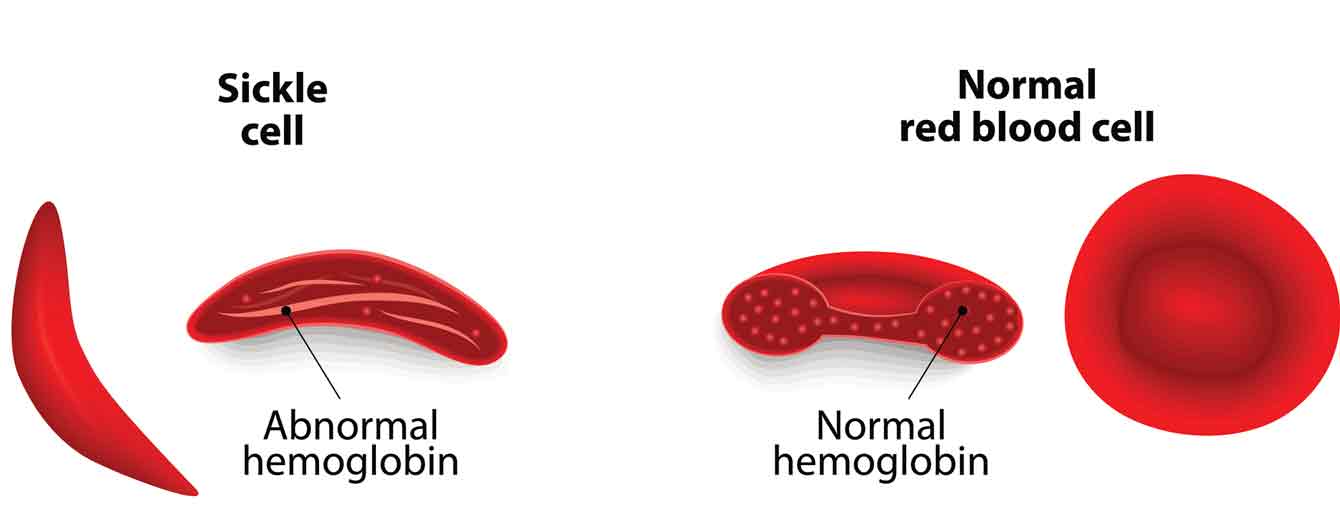 This results in a buildup of iron in your red blood cells.
This results in a buildup of iron in your red blood cells.
Congenital sideroblastic anemia is usually microcytic and hypochromic.
2. Normochromic microcytic anemias
Normochromic means that your red blood cells have a normal amount of hemoglobin, and the hue of red is not too pale or deep in color. An example of a normochromic microcytic anemia is:
Anemia of inflammation and chronic disease: Anemia due to these conditions is usually normochromic and normocytic (red blood cells are normal in size). Normochromic microcytic anemia may be seen in people with:
- infectious diseases, such as tuberculosis, HIV/AIDS, or endocarditis
- inflammatory diseases, such as rheumatoid arthritis, Crohn’s disease, or diabetes mellitus
- kidney disease
- cancer
These conditions can prevent red blood cells from functioning normally. This can lead to decreased iron absorption or utilization.
3. Hyperchromic microcytic anemias
Hyperchromic means that the red blood cells have more hemoglobin than normal. High levels of hemoglobin in your red blood cells makes them a deeper hue of red than normal.
High levels of hemoglobin in your red blood cells makes them a deeper hue of red than normal.
Congenital spherocytic anemia: Hyperchromic microcytic anemias are rare. They may be caused by a genetic condition known as congenital spherocytic anemia. This is also called hereditary spherocytosis.
In this disorder, the membrane of your red blood cells doesn’t form correctly. This causes them to be rigid and improperly spherical shaped. They are sent to be broken down and die in the spleen because they don’t travel in the blood cells properly.
4. Other causes of microcytic anemia
Other causes of microcytic anemia include:
- lead toxicity
- copper deficiency
- zinc excess, which causes copper deficiency
- alcohol use
- drug use
Microcytic anemias are often first spotted after your doctor has ordered a blood test known as a complete blood count (CBC) for another reason. If your CBC indicates that you have anemia, your doctor will order another test known as a peripheral blood smear.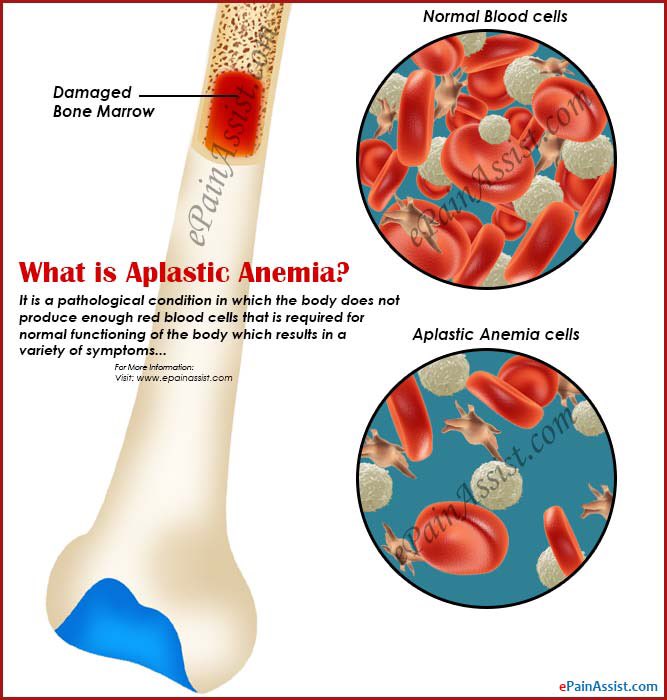
This test can help spot early microcytic or macrocytic changes to your red blood cells. Hypochromia, normochromia, or hyperchromia can also be seen with the peripheral blood smear test.
Your primary care doctor may refer you to a hematologist. A hematologist is a specialist who works with blood disorders. They may be able to best diagnose and treat the specific type of microcytic anemia and identify its underlying cause.
Once a doctor has diagnosed you with microcytic anemia, they will run tests to determine the cause of the condition. They may run blood tests to check for celiac disease. They may test your blood and stool for H. pylori bacterial infection.
Your doctor might ask you about other symptoms you’ve experienced if they suspect that chronic blood loss is the cause of your microcytic anemia. They may refer you to a gastroenterologist if you have stomach or other abdominal pain. A gastroenterologist might run imaging tests to look for different conditions. These tests include:
These tests include:
- abdominal ultrasound
- upper GI endoscopy (EGD)
- CT scan of the abdomen
For women with pelvic pain and heavy periods, a gynecologist may look for uterine fibroids or other conditions that could cause heavier flows.
Treatment for microcytic anemia focuses on treating the underlying cause of the condition.
Your doctor may recommend that you take iron and vitamin C supplements. The iron will help treat the anemia while the vitamin C will help increase your body’s ability to absorb the iron.
Your doctor will focus on diagnosing and treating the cause of the blood loss if acute or chronic blood loss is causing or contributing to microcytic anemia. Women with iron deficiency from severe periods may be prescribed hormonal therapy, such as birth control pills.
In cases of microcytic anemia so severe that you’re at risk for complications like cardiac failure, you may need to get a blood transfusion of donor red blood cells.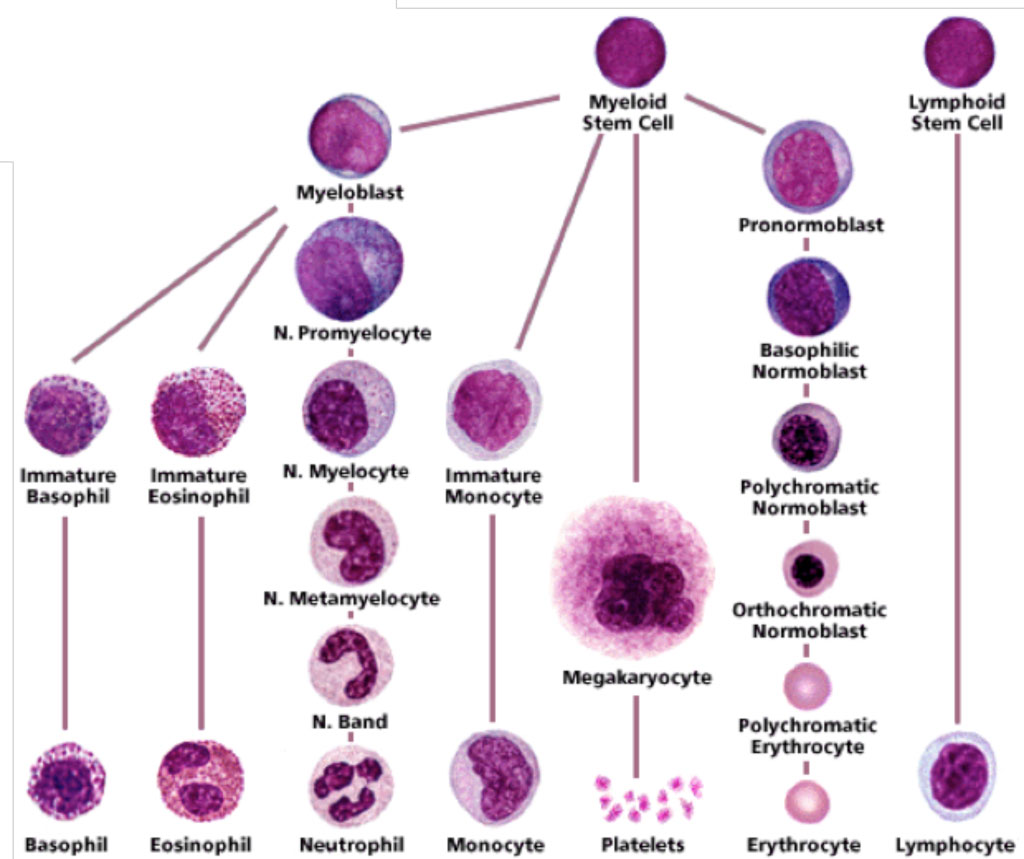 This can increase the number of healthy red blood cells that your organs need.
This can increase the number of healthy red blood cells that your organs need.
Treatment can be relatively straightforward if simple nutrient deficiencies are the cause of microcytic anemia. As long as the underlying cause of the anemia can be treated, the anemia itself can be treated and even cured.
In very severe cases, untreated microcytic anemia can become dangerous. It can cause tissue hypoxia. This is when the tissue is deprived of oxygen. It can cause complications including:
- low blood pressure, also called hypotension
- coronary artery problems
- pulmonary problems
- shock
These complications are more common in older adults who already have pulmonary or cardiovascular diseases.
The best way to prevent microcytic anemia is to get enough iron in your diet. Increasing your vitamin C intake can also help your body absorb more iron.
You can also consider taking a daily iron supplement. These are often recommended if you already have anemia. You should always talk to your doctor before you start taking any supplements.
You should always talk to your doctor before you start taking any supplements.
You can also try to get more nutrients through your food.
Foods rich in iron include:
- red meat like beef
- poultry
- dark leafy greens
- beans
- dried fruits like raisins and apricots
Foods rich in vitamin C include:
- citrus fruits, especially oranges and grapefruits
- kale
- red peppers
- Brussels sprouts
- strawberries
- broccoli
Microcytic Anemia: Symptoms, Types, and Treatment
We include products we think are useful for our readers. If you buy through links on this page, we may earn a small commission Here’s our process.
Healthline only shows you brands and products that we stand behind.
Our team thoroughly researches and evaluates the recommendations we make on our site. To establish that the product manufacturers addressed safety and efficacy standards, we:
- Evaluate ingredients and composition: Do they have the potential to cause harm?
- Fact-check all health claims: Do they align with the current body of scientific evidence?
- Assess the brand: Does it operate with integrity and adhere to industry best practices?
We do the research so you can find trusted products for your health and wellness.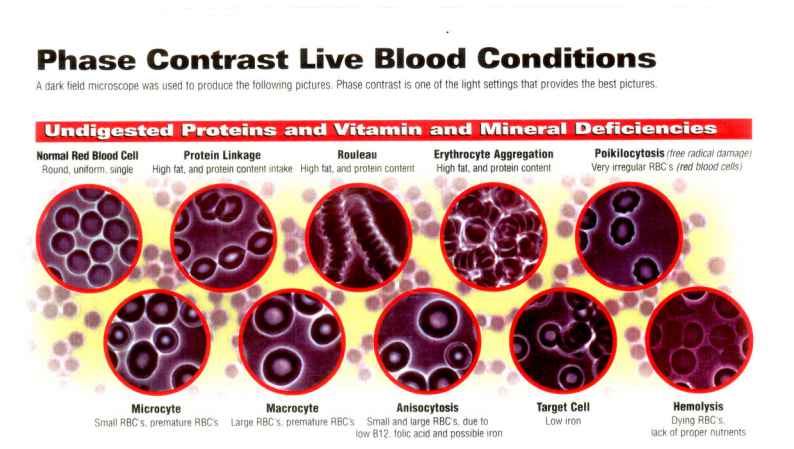
Read more about our vetting process.
Was this helpful?
Microcytic anemia means that you have smaller red blood cells than typical — and fewer of them. It can result from an iron deficiency or a health condition.
Microcytic anemia definition
Microcytosis is a term used to describe red blood cells that are smaller than normal. Anemia is when you have low numbers of properly functioning red blood cells in your body.
In microcytic anemias, your body has fewer red blood cells than normal. The red blood cells it does have are also too small. Several different types of anemias can be described as microcytic.
Microcytic anemias are caused by conditions that prevent your body from producing enough hemoglobin. Hemoglobin is a component of your blood. It helps transport oxygen to your tissues and gives your red blood cells their red color.
Iron deficiency causes most microcytic anemias. Your body needs iron to produce hemoglobin. But other conditions can cause microcytic anemias, too.:max_bytes(150000):strip_icc()/understanding-white-blood-cells-and-counts-2249217_final-0587074073ce4709b41e42a08db0f596.gif) To treat a microcytic anemia, your doctor will first diagnose the underlying cause.
To treat a microcytic anemia, your doctor will first diagnose the underlying cause.
You may not notice any symptoms of microcytic anemia at first. Symptoms often appear at an advanced stage when the lack of normal red blood cells is affecting your tissues.
Common symptoms of microcytic anemias include:
- fatigue, weakness, and tiredness
- loss of stamina
- shortness of breath
- dizziness
- pale skin
If you experience any of these symptoms and they don’t resolve within two weeks, make an appointment to see your doctor.
You should make an appointment to see your doctor as soon as possible if you experience severe dizziness or shortness of breath.
Microcytic anemias can be further described according to the amount of hemoglobin in the red blood cells. They can be either hypochromic, normochromic, or hyperchromic:
1. Hypochromic microcytic anemias
Hypochromic means that the red blood cells have less hemoglobin than normal.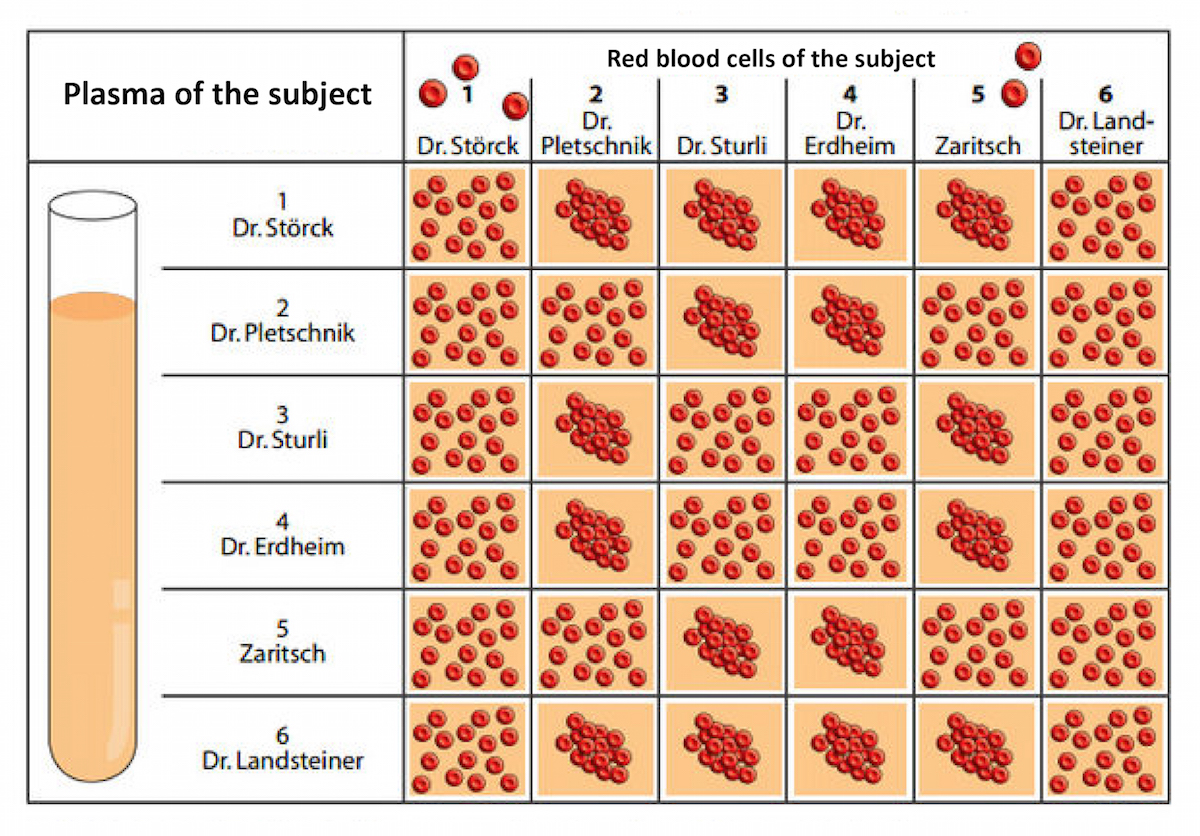 Low levels of hemoglobin in your red blood cells leads to appear paler in color. In microcytic hypochromic anemia, your body has low levels of red blood cells that are both smaller and paler than normal.
Low levels of hemoglobin in your red blood cells leads to appear paler in color. In microcytic hypochromic anemia, your body has low levels of red blood cells that are both smaller and paler than normal.
Most microcytic anemias are hypochromic. Hypochromic microcytic anemias include:
Iron deficiency anemia: The most common cause of microcytic anemia is an iron deficiency in the blood. Iron deficiency anemia can be caused by:
- inadequate iron intake, usually as a result of your diet
- being unable to absorb iron due to conditions like celiac disease or Helicobacter pylori infection
- chronic blood loss due to frequent or heavy periods in women or by gastrointestinal (GI) bleeds from upper GI ulcers or inflammatory bowel disease
- pregnancy
Thalassemia: Thalassemia is a type of anemia that’s caused by an inherited abnormality. It involves mutations in the genes needed for normal hemoglobin production.
Sideroblastic anemia: Sideroblastic anemia can be inherited due to gene mutations (congenital). It can also be caused by a condition acquired later in life that impedes your body’s ability to integrate iron into one of the components needed to make hemoglobin. This results in a buildup of iron in your red blood cells.
Congenital sideroblastic anemia is usually microcytic and hypochromic.
2. Normochromic microcytic anemias
Normochromic means that your red blood cells have a normal amount of hemoglobin, and the hue of red is not too pale or deep in color. An example of a normochromic microcytic anemia is:
Anemia of inflammation and chronic disease: Anemia due to these conditions is usually normochromic and normocytic (red blood cells are normal in size). Normochromic microcytic anemia may be seen in people with:
- infectious diseases, such as tuberculosis, HIV/AIDS, or endocarditis
- inflammatory diseases, such as rheumatoid arthritis, Crohn’s disease, or diabetes mellitus
- kidney disease
- cancer
These conditions can prevent red blood cells from functioning normally. This can lead to decreased iron absorption or utilization.
This can lead to decreased iron absorption or utilization.
3. Hyperchromic microcytic anemias
Hyperchromic means that the red blood cells have more hemoglobin than normal. High levels of hemoglobin in your red blood cells makes them a deeper hue of red than normal.
Congenital spherocytic anemia: Hyperchromic microcytic anemias are rare. They may be caused by a genetic condition known as congenital spherocytic anemia. This is also called hereditary spherocytosis.
In this disorder, the membrane of your red blood cells doesn’t form correctly. This causes them to be rigid and improperly spherical shaped. They are sent to be broken down and die in the spleen because they don’t travel in the blood cells properly.
4. Other causes of microcytic anemia
Other causes of microcytic anemia include:
- lead toxicity
- copper deficiency
- zinc excess, which causes copper deficiency
- alcohol use
- drug use
Microcytic anemias are often first spotted after your doctor has ordered a blood test known as a complete blood count (CBC) for another reason. If your CBC indicates that you have anemia, your doctor will order another test known as a peripheral blood smear.
If your CBC indicates that you have anemia, your doctor will order another test known as a peripheral blood smear.
This test can help spot early microcytic or macrocytic changes to your red blood cells. Hypochromia, normochromia, or hyperchromia can also be seen with the peripheral blood smear test.
Your primary care doctor may refer you to a hematologist. A hematologist is a specialist who works with blood disorders. They may be able to best diagnose and treat the specific type of microcytic anemia and identify its underlying cause.
Once a doctor has diagnosed you with microcytic anemia, they will run tests to determine the cause of the condition. They may run blood tests to check for celiac disease. They may test your blood and stool for H. pylori bacterial infection.
Your doctor might ask you about other symptoms you’ve experienced if they suspect that chronic blood loss is the cause of your microcytic anemia. They may refer you to a gastroenterologist if you have stomach or other abdominal pain.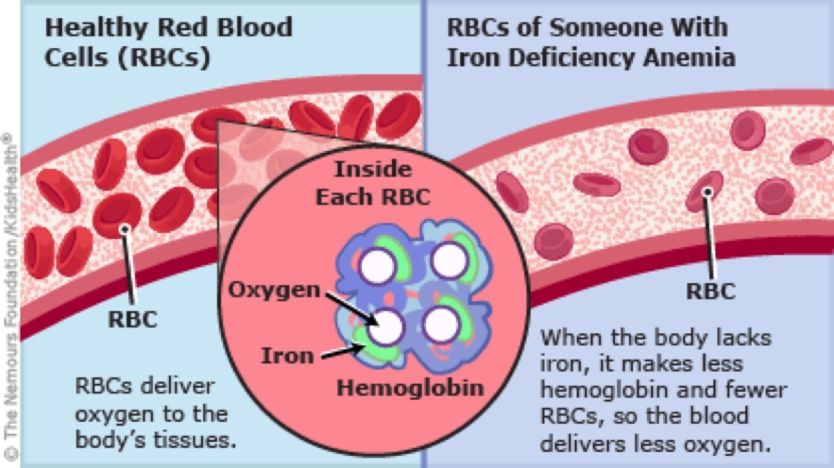 A gastroenterologist might run imaging tests to look for different conditions. These tests include:
A gastroenterologist might run imaging tests to look for different conditions. These tests include:
- abdominal ultrasound
- upper GI endoscopy (EGD)
- CT scan of the abdomen
For women with pelvic pain and heavy periods, a gynecologist may look for uterine fibroids or other conditions that could cause heavier flows.
Treatment for microcytic anemia focuses on treating the underlying cause of the condition.
Your doctor may recommend that you take iron and vitamin C supplements. The iron will help treat the anemia while the vitamin C will help increase your body’s ability to absorb the iron.
Your doctor will focus on diagnosing and treating the cause of the blood loss if acute or chronic blood loss is causing or contributing to microcytic anemia. Women with iron deficiency from severe periods may be prescribed hormonal therapy, such as birth control pills.
In cases of microcytic anemia so severe that you’re at risk for complications like cardiac failure, you may need to get a blood transfusion of donor red blood cells.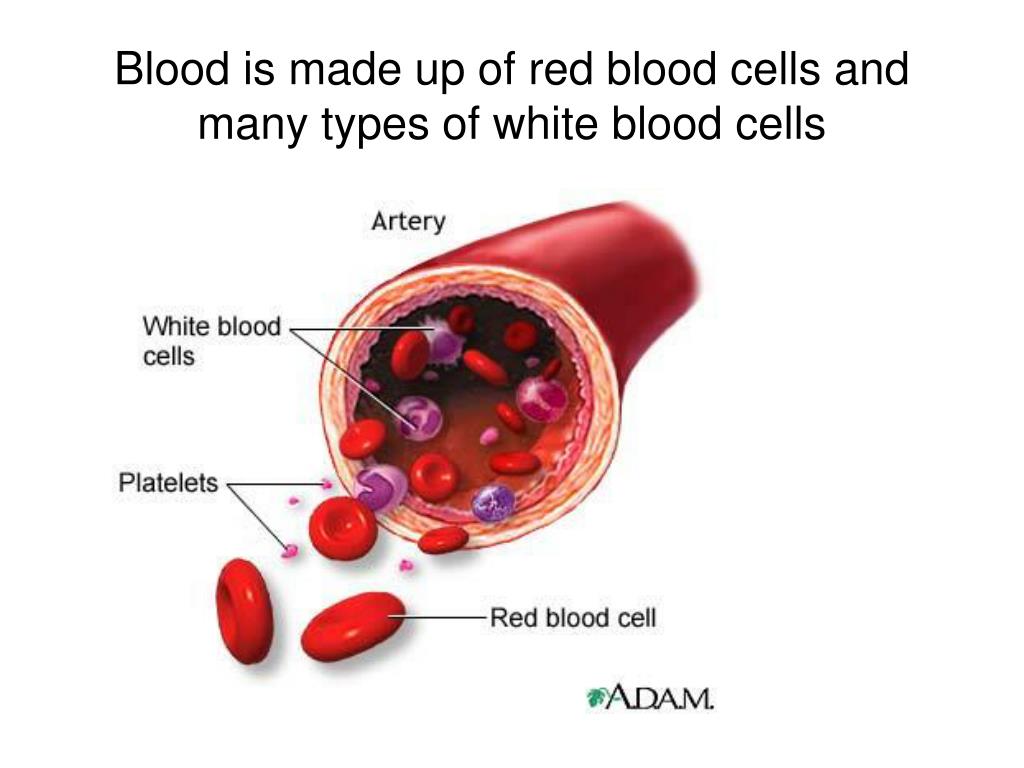 This can increase the number of healthy red blood cells that your organs need.
This can increase the number of healthy red blood cells that your organs need.
Treatment can be relatively straightforward if simple nutrient deficiencies are the cause of microcytic anemia. As long as the underlying cause of the anemia can be treated, the anemia itself can be treated and even cured.
In very severe cases, untreated microcytic anemia can become dangerous. It can cause tissue hypoxia. This is when the tissue is deprived of oxygen. It can cause complications including:
- low blood pressure, also called hypotension
- coronary artery problems
- pulmonary problems
- shock
These complications are more common in older adults who already have pulmonary or cardiovascular diseases.
The best way to prevent microcytic anemia is to get enough iron in your diet. Increasing your vitamin C intake can also help your body absorb more iron.
You can also consider taking a daily iron supplement. These are often recommended if you already have anemia. You should always talk to your doctor before you start taking any supplements.
You should always talk to your doctor before you start taking any supplements.
You can also try to get more nutrients through your food.
Foods rich in iron include:
- red meat like beef
- poultry
- dark leafy greens
- beans
- dried fruits like raisins and apricots
Foods rich in vitamin C include:
- citrus fruits, especially oranges and grapefruits
- kale
- red peppers
- Brussels sprouts
- strawberries
- broccoli
Erythrocyte indices – what is a color index
Erythrocytes
Erythrocytes (red blood cells) – blood cells that carry oxygen from the lungs to tissues and organs, and transport carbon dioxide back.
Normally, erythrocytes look like discs, concave on both sides. Due to this shape, they are more elastic and penetrate even the narrowest vessels.
Unlike most other cells, erythrocytes do not have a nucleus: 98% of their volume is occupied by hemoglobin is a protein that binds oxygen.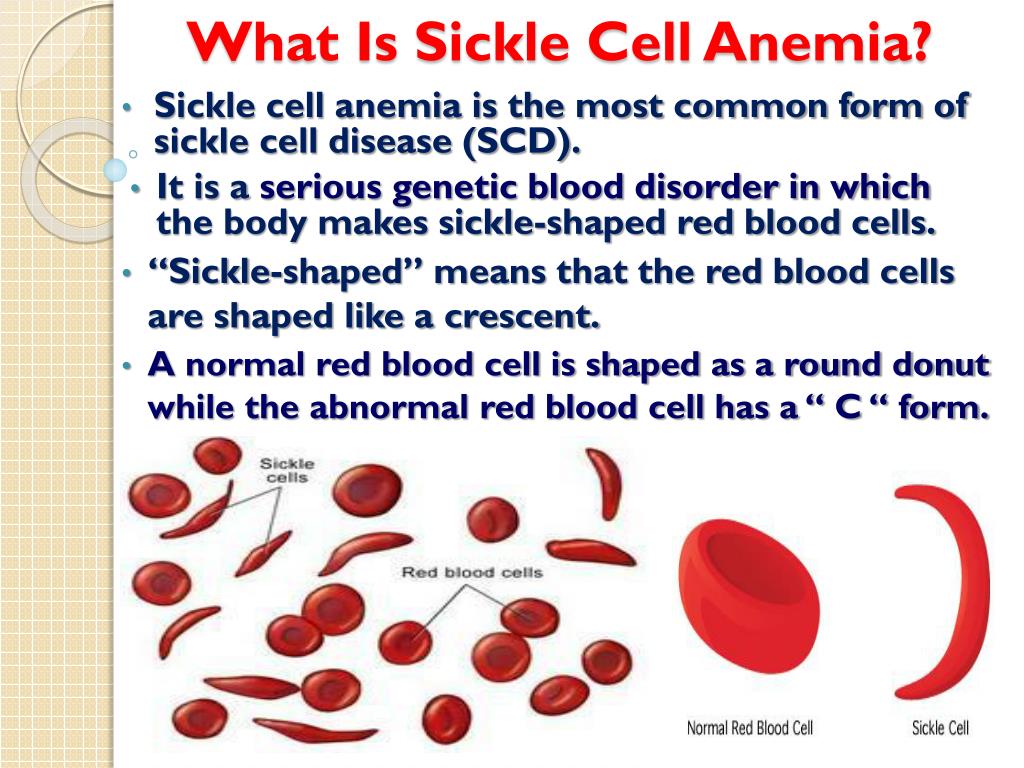
In one day, the red blood cells of an adult carry about 800 liters of oxygen and 200 liters of carbon dioxide.
In addition, these cells are involved in the transport of nutrients and help maintain acid-base balance.
In the form of a blood test, erythrocytes are designated by the Latin letters RBC – red blood cells (red blood cells).
What are erythrocyte indices
Red blood cell indices are indicators that measure the size of red blood cells and their hemoglobin content. Indices are considered fairly stable parameters, since they characterize not the number of erythrocytes, but their physiological properties.
Color value
Color indicator reflects the degree of saturation of the erythrocyte with hemoglobin: the more hemoglobin, the more red the erythrocyte will be.
Normal: 0.85 – 1.00. The indicator is measured in calculation units.
If the color index is above the norm, it is considered hyperchromic. The color index is below normal – hypochromic.
Main causes of hyperchromia
Pernicious anemia (megaloblastic, B12-deficient) is a pathology in which the maturation of red blood cells in the bone marrow is impaired due to poor absorption of vitamin B12.
Folate deficiency anemia is a disorder of hematopoiesis in the bone marrow associated with folic acid deficiency. The disease is often diagnosed together with iron deficiency anemia. It is especially dangerous for pregnant women, as it can lead to impaired development of the fetal nervous system.
Myelodysplastic syndrome is an oncological disease in which the normal maturation of all blood cells in the bone marrow is disturbed. Risk factors for the development of the disease: radiation therapy, chemotherapy, smoking, exposure to heavy metals (mercury, lead).
Main causes of hypochromia
Posthemorrhagic anemia is a condition associated with acute or chronic blood loss.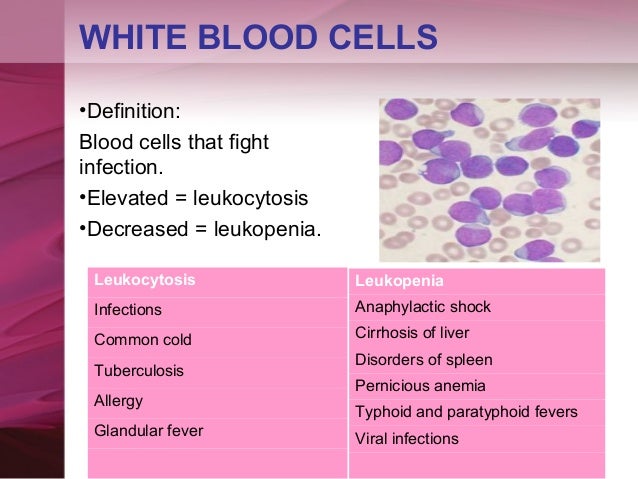 The main symptoms are: pallor, shortness of breath, darkening of the eyes, and in severe cases – lethargy, thready pulse, loss of consciousness.
The main symptoms are: pallor, shortness of breath, darkening of the eyes, and in severe cases – lethargy, thready pulse, loss of consciousness.
Acute posthemorrhagic anemia is associated with rapid massive blood loss in trauma, surgery, gastric and duodenal ulcers, ectopic pregnancy. Chronic – due to frequent loss of a small amount of blood. This happens with gastrointestinal, nasal, uterine bleeding, as well as with diseases associated with impaired blood clotting.
Frequent nosebleeds can lead to chronic posthemorrhagic anemia
Iron deficiency anemia is a condition in which there is not enough iron in the body, which is necessary for the normal synthesis of hemoglobin. Most often, such anemia develops due to chronic blood loss or impaired iron intake. In addition, iron deficiency anemia occurs in people with increased iron consumption: women of reproductive age (due to monthly blood loss during menstruation), pregnant women, as well as children and adolescents (due to intensive body growth).
Anemia associated with lead toxicity is a condition commonly found in industrial workers. Lead is a heavy toxic metal. It blocks the enzymes necessary for the synthesis of hemoglobin. As a result, the hemoglobin content in the erythrocyte decreases.
Deviation towards hyperchromia (oversaturation with hemoglobin) is often combined with an increase in the size of red blood cells. This condition is called macrocytosis or megalocytosis. Conversely, with hypochromia (lack of hemoglobin), the size of red blood cells is usually lower: this is microcytosis.
Recently, instead of studying the color index, the determination of MCH is increasingly used – the average hemoglobin content in the erythrocyte.
Mean erythrocyte hemoglobin (MCH)
The mean concentration of hemoglobin in one erythrocyte (MCH) shows the mass of iron-containing protein in one red cell. Measured in picograms (pg): 1 pg is one trillionth of a gram.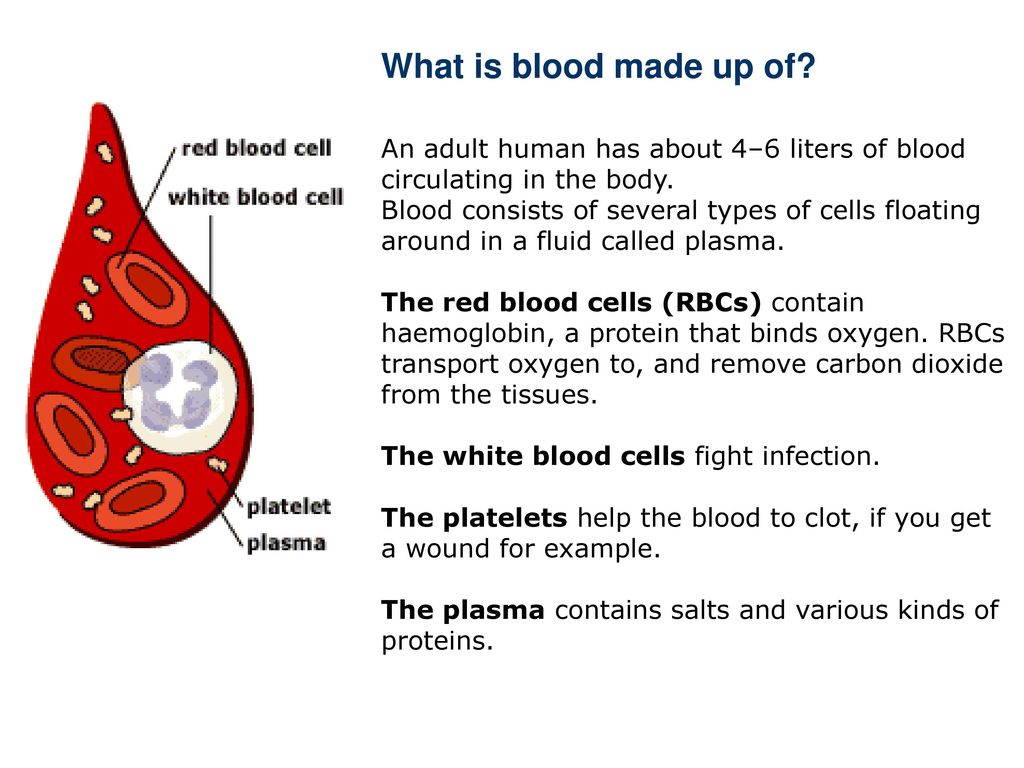
The indicator depends on the gender and age of the patient. The highest values are observed in newborns under the age of 14 days. Then, as they grow older, MCH gradually decreases and equalizes with the norm for adults.
MCH norm for children under 18
Age of the child | MCH reference values, pg |
| 9 0098 1 day after birth | 27–33 |
2 to 13 days after birth | 27–33 |
14 to 23 days after birth | 27–33 |
24 to 30 days after birth | 27-33 |
1-3 months 9000 7 | 26.3–32.3 |
4–5 months | 25–29 |
6–7 months | 26–30 | 8-11 months | 25-31 |
12 months — 2 years | 22-32 |
2-3 years | 22. |
4-9 years | 22.7–32.7 |
10-14 | 25-35 |
15-18 | 26-34 |
15-18 | 27- 32 |
MCH norm for women
Woman’s age | MCH reference values, pg 0098 18-44 | 27-34 |
45-64 | 27-34 | |
65 and over | 27-35 |
Male age | MCH reference values, pg 0098 18-44 | 27-34 |
45-64 | 27-35 | |
65 and over | 27-34 |
Age of the child | Reference MCHC values, g/l |
1 day – 1 month | 316–375 |
2-5 months | 306-324 |
6-7 months | 307-324 |
8 months – 1 year | 297-324 |
2 years | 307-344 |
3-9 years | 3 36–344 |
10–14 years | 336–354 |
15-18 | 300-380 |
In adults (men and women), normal MCHC values are independent of age and range from 300-380 g/l.
The reasons for the lower and higher MCHC index are the same as for the previous indicator, MCH.
Mean erythrocyte volume (MCV)
Erythrocyte index MCV (mean cell volume) characterizes the size of red blood cells contained in the blood. The indicator is measured in femtoliters (fl).
A femtoliter is a unit of volume equal to one cubic micrometer (one millionth of a metre).
If the erythrocytes are too large in size, then it is difficult for them to pass through the small capillaries. If they are too small, they cannot carry enough oxygen. In both cases, the risk of hypoxia, i.e. oxygen starvation of tissues, increases significantly.
MCV norm for children under 18
Child’s age | MCV reference values, fl |
1 day – 1 month | |
1 month | 84-96 |
2-3 months | 74-86 |
4-7 months | |
8 months – 1 year | 72-84 |
2-9 years | 77-83 | 10-14 years old | 81-87 |
15- 17 years old | 80–100 |
In adults (men and women), normal MCV values do not depend on age and are 80-100 fl.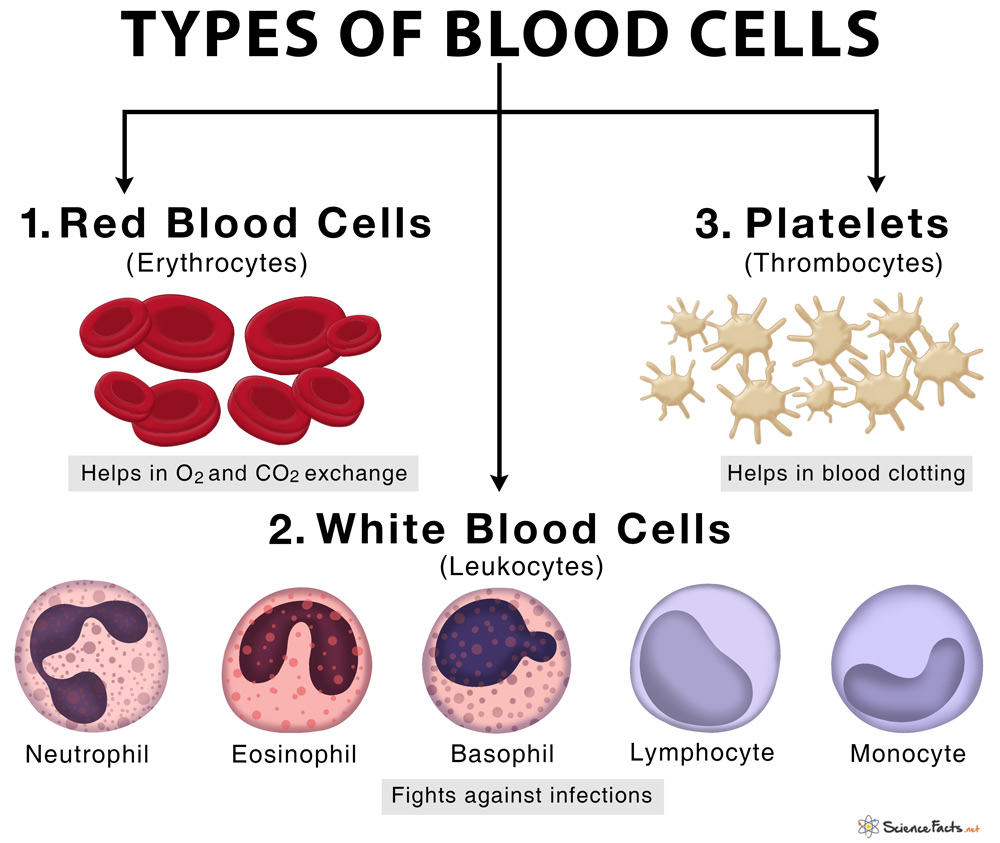
Reducing the size of red blood cells is called microcytosis.
Main causes of microcytosis
Iron deficiency anemia is a condition in which there is not enough iron in the body, which is necessary for the normal synthesis of hemoglobin.
Hereditary anemias are hereditary diseases in which the synthesis of red blood cells is impaired, and their life span is significantly less than that of normal red blood cells.
Hemoglobinopathy is a congenital pathology in which the structure of the hemoglobin protein is disturbed and it can no longer transport oxygen normally from the lungs to the tissues.
Main causes of macrocytosis
Pernicious anemia (megaloblastic, B12-deficient) is a violation of the formation of red blood cells in the bone marrow, provoked by vitamin B12 deficiency.
Folate deficiency anemia is a violation of the synthesis of red blood cells associated with a lack of folic acid. This condition can be caused by liver diseases (hepatitis, cirrhosis), oncological diseases, long-term use of drugs, such as anticonvulsants, cytostatics, certain antibiotics, etc.
This condition can be caused by liver diseases (hepatitis, cirrhosis), oncological diseases, long-term use of drugs, such as anticonvulsants, cytostatics, certain antibiotics, etc.
RBC heterogeneity index by volume (RDW)
The RDW (red cell distribution width) index of erythrocyte heterogeneity by volume shows how erythrocytes differ from each other in size. The indicator is measured as a percentage.
In children under the age of 6 months, the normal value of RDW is 14.9-18.7%. In children older than 6 months, adolescents and adults – 11.6–14.8%.
A decrease in the RDW index has no clinical significance. And an increase, as a rule, is observed at iron deficiency anemia – a pathological condition in which the synthesis of red blood cells and hemoglobin is impaired due to a lack of iron in the body.
Erythrocyte indices: indications for testing
The study of erythrocyte indices is included in the general blood test, which is prescribed in a planned manner: during the annual preventive examination, as well as when anemia is suspected.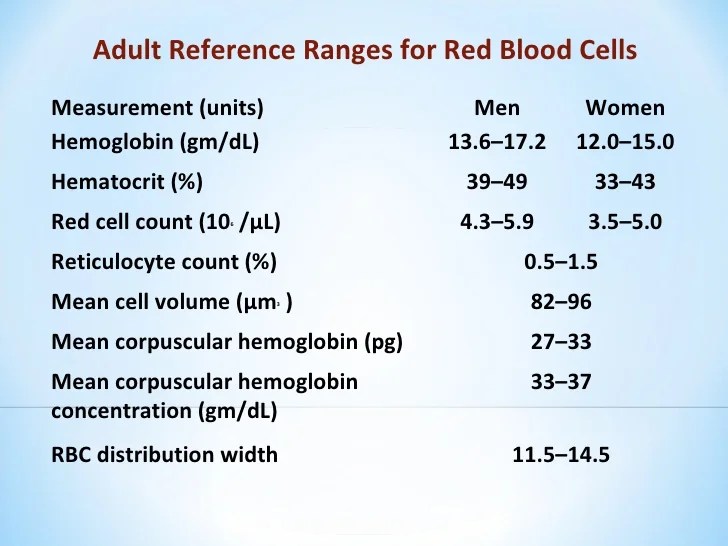 The test is repeated for patients who are being treated for anemia.
The test is repeated for patients who are being treated for anemia.
Complete blood count without leukocyte formula (venous blood)
Ven. blood (+140 ₽) 21 1 day
21 bonus
210 ₽
Add to cart
1 day
Ven. blood 140 ₽
Complete blood count extended with leukocyte formula and reticulocytes (only venous blood)
Ven. blood (+140 ₽) 53 1 day
53 bonuses
530 ₽
Add to cart
1 day
Ven. blood 140 ₽
Clinical blood test with leukocyte formula and ESR (with microscopy of a blood smear when pathological changes are detected) (venous blood)
Ven. blood (+140 ₽) 43 1 day
43 bonuses
430 ₽
Add to cart
1 day
Ven. blood 140 ₽
Diagnosis of causes of anemia
If anemia is detected by the deviation of erythrocyte indices from the norm, it is necessary to establish the cause of its development. To do this, the therapist can prescribe additional tests or refer the patient to another doctor, for example hematologist – a specialist in the treatment of diseases of the blood and blood-forming organs.
Iron deficiency anemia
If iron deficiency anemia is suspected, it is advisable to investigate the indicators of iron metabolism: ferritin, transferrin, total serum iron-binding capacity (TIBC), serum iron level and transferrin iron saturation coefficient.
Ferritin
Ven. blood (+140 ₽) 48 1 day
48 bonuses
480 ₽
Add to cart
1 day
Ven. blood 140 ₽
Transferrin
Ven. blood (+140 ₽) 45 1 day
45 bonuses
450 ₽
Add to cart
1 day
Ven. blood 140 ₽
OZhSS (serum iron, LZhSS)
Ven. blood (+140 ₽) 22 1 day
22 bonuses
220 ₽
Add to cart
1 day
Ven. blood 140 ₽
Serum iron
Ven. blood (+140 ₽) 21 1 day
21 bonus
210 ₽
Add to cart
1 day
Ven. blood 140 ₽
Transferrin saturation coefficient
Ven. blood (+140 ₽) 52 1 day
52 bonuses
520 ₽
Add to cart
1 day
Ven.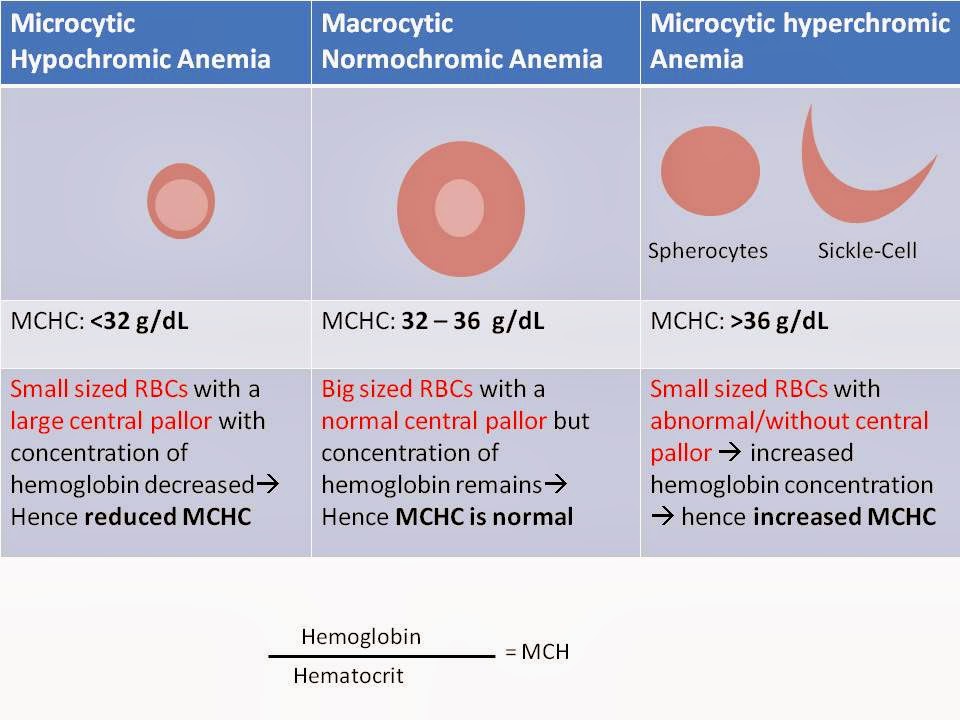 blood 140 ₽
blood 140 ₽
Anemia of chronic disease
In order to diagnose anemia of chronic disease, it is common not only to perform a complete blood count and serum iron test, but also to measure the amount of ferritin, transferrin, and reticulocytes.
Complete blood count extended with leukocyte formula and reticulocytes (only venous blood)
Ven. blood (+140 ₽) 53 1 day
53 bonuses
530 ₽
Add to cart
1 day
Ven. blood 140 ₽
Ferritin
Ven. blood (+140 ₽) 48 1 day
48 bonuses
480 ₽
Add to cart
1 day
Ven. blood 140 ₽
Transferrin
Ven. blood (+140 ₽) 45 1 day
45 bonuses
450 ₽
Add to cart
1 day
Ven. blood 140 ₽
Serum iron
Ven. blood (+140 ₽) 21 1 day
21 bonus
210 ₽
Add to cart
1 day
Ven. blood 140 ₽
Tests will help determine the severity of the general condition with anemia.
Biochemistry 8 indicators
Ven. blood (+140 ₽) 116 1 day
116 bonuses
1,160 ₽
Add to cart
1 day
Ven. blood 140 ₽
Biochemistry 13 indicators
Ven. blood (+140 ₽) 193 1 day
193 bonuses
1,930 ₽
Add to cart
1 day
Ven. blood 140 ₽
Biochemistry 21 indicators (extended)
Ven. blood (+140 ₽) 375 1 day
375 bonuses
3,750 ₽
Add to cart
1 day
Ven. blood 140 ₽
C-reactive protein
Ven. blood (+140 ₽) 33 1 day
33 bonuses
330 ₽
Add to cart
1 day
Ven. blood 140 ₽
Urinalysis
Urine 24 1 day
24 bonuses
240 ₽
Add to cart
1 day
Urine 0 ₽
Folate deficiency anemia
To diagnose folate deficiency anemia, in addition to a complete blood count with reticulocytes, a blood test for folate is prescribed to establish the fact of folate deficiency.
Complete blood count extended with leukocyte formula and reticulocytes (only venous blood)
Ven. blood (+140 ₽) 53 1 day
53 bonuses
530 ₽
Add to cart
1 day
Ven. blood 140 ₽
Folates
Ven. blood (+140 ₽) 80 1 day
80 bonuses
800 ₽
Add to cart
1 day
Ven. blood 140 ₽
B12 deficiency anemia
To make a diagnosis of “B12-deficiency anemia”, together with a general blood test, an analysis for vitamin B12 is prescribed, which allows to detect its deficiency in the blood serum.
Complete blood count extended with leukocyte formula and reticulocytes (only venous blood)
Ven. blood (+140 ₽) 53 1 day
53 bonuses
530 ₽
Add to cart
1 day
Ven. blood 140 ₽
Vitamin B12
Ven. blood (+140 ₽) 63 1 day
63 bonuses
630 ₽
Add to cart
1 day
Ven. blood 140 ₽
leukocytes, erythrocytes, ESR and hemoglobin
Contents
- 1 Blood test: what is the importance of leukocytes, erythrocytes, ESR and hemoglobin
- 1.
 1 Blood test: indicators and value
1 Blood test: indicators and value- 1.1.1 Leukocytes
- 1.1.2 Erythrocytes and hemoglobin
- 1.1.3 ESR
- 1.2 Leukocytes: role in blood analysis
- 1.3 Erythrocytes: functions and significance in a blood test
- 1.4 ESR
- 1.5 Hemoglobin
- 1.6 Standard values
- 1.6.1 Leukocytes
- 1 .6.2 Erythrocytes
- 1.6.3 ESR
- 1.6.4 Hemoglobin
- 1.7 How is the blood test for leukocytes, erythrocytes, ESR and hemoglobin?
- 1.7.1 Drawing blood
- 1.7.2 Preparing for analysis
- 1.7.3 Processing the analysis
- 1.8 When should I take a blood test for leukocytes, erythrocytes, ESR and hemoglobin?
- 1.9 Effect of diet on blood test values
- 1.10 Interpretation of blood test results
- 1.10.1 Leukocytes
- 1.10.2 Red blood cells
- 1.10.3 ESR
- 1.10.4 Hemoglobin
- 1.
 11 Additional tests
11 Additional tests- 1.11 .1 Urinalysis
- 1.11.2 Biochemical blood test
- 1.11.3 Bone marrow biopsy
- 1.12 Related videos:
- 1.13 Q&A:
- 1.13.0.1 What values of leukocytes in the blood are considered normal?
- 1.13.0.2 Why are red blood cells analyzed?
- 1.13.0.3 What is hemoglobin and what are its norms in the blood?
- 1.13.0.4 What diseases can be detected by ESR analysis?
- 1.13.0.5 What causes an increase in white blood cell count?
- 1.13.0.6 What are the consequences of a low red blood cell count?
- 1.
Find out what white blood cells, red blood cells, ESR and hemoglobin mean in a blood test. Find out what values \u200b\u200bmay indicate the presence of diseases or disorders in the body.
A blood test is one of the most common diagnostic methods that provides information about the state of the patient’s body. A blood test includes the study of parameters such as the number of leukocytes, red blood cells, hemoglobin and ESR.
A blood test includes the study of parameters such as the number of leukocytes, red blood cells, hemoglobin and ESR.
Leukocytes are white blood cells that perform a protective function in the body. The number of white blood cells in the blood can vary depending on various factors such as infection, inflammation, stress, and others. Therefore, the analysis of the level of leukocytes helps to assess the presence of inflammatory processes and infections in the body.
Erythrocytes are red blood cells that contain hemoglobin. Hemoglobin, in turn, allows the blood to transport oxygen and carbon dioxide. A change in the number of red blood cells may indicate various blood diseases, for example, the manifestation of anemia.
ESR (erythrocyte sedimentation rate) is an indicator that displays how quickly red blood cells settle in the blood plasma. A change in the erythrocyte sedimentation rate may indicate the presence of inflammatory, infectious or other diseases.
Hemoglobin is a protein found in red blood cells. It transfers oxygen in the body and protects against oxygen starvation. Analysis of hemoglobin levels allows you to assess the presence or absence of various diseases, such as anemia or other pathological conditions.
It transfers oxygen in the body and protects against oxygen starvation. Analysis of hemoglobin levels allows you to assess the presence or absence of various diseases, such as anemia or other pathological conditions.
Blood test: indicators and value
Leukocytes
The level of leukocytes in the blood is an important indicator of human health. Leukocytes are white blood cells that are responsible for protecting the body from infection and disease. The normal level of white blood cells in the blood ranges from 4 to 10 thousand per microliter. An elevated level of white blood cells may indicate the presence of an infectious disease in the body, and a low level may indicate an immunodeficiency state.
Red blood cells and hemoglobin
Red blood cells are red blood cells that carry oxygen through the bloodstream. The normal level of red blood cells in the blood is 4.5 to 5.5 million per microliter in men and 4 to 5 million per microliter in women. Hemoglobin is a protein found in red blood cells that binds oxygen and carbon dioxide. The normal hemoglobin level in men is 130 to 160 grams per liter, and in women it is 120 to 140 grams per liter. Low levels of red blood cells and hemoglobin can indicate iron deficiency anemia, injury, blood loss, and elevated levels of hemoglobin can indicate respiratory diseases and other diseases.
The normal hemoglobin level in men is 130 to 160 grams per liter, and in women it is 120 to 140 grams per liter. Low levels of red blood cells and hemoglobin can indicate iron deficiency anemia, injury, blood loss, and elevated levels of hemoglobin can indicate respiratory diseases and other diseases.
ESR
ESR (erythrocyte sedimentation rate) is an indicator that characterizes the rate of erythrocyte sedimentation in a flask over a certain period of time. The normal level of ESR in women is from 2 to 15 mm/hour, and in men – from 1 to 10 mm/hour. Elevated levels of ESR may indicate the presence of inflammatory processes and infections in the body.
Leukocytes: their role in blood tests
Leukocytes are white blood cells that protect the body from infections and diseases. Their amount in the blood characterizes the patient’s immune system and may indicate the presence of a disease.
A blood test for leukocytes includes determining their total number and percentage of different types of leukocytes. The total white blood cell count may vary depending on various factors such as physical exertion, stress, infections, etc.
The total white blood cell count may vary depending on various factors such as physical exertion, stress, infections, etc.
- Neutrophils are the most numerous type of leukocyte responsible for fighting bacterial infections.
- Lymphocytes are the main cells of the immune system responsible for defense against viruses and other pathogens.
- Monocytes are phagocytic cells capable of removing dead and damaged cells from the blood.
Changes in white blood cell count can indicate inflammation, infections, allergies, or even cancer. If anomalies are detected as a result of the analysis, it is recommended to consult a doctor for consultation and additional examinations.
Red blood cells: functions and significance in the blood test
Red blood cells, also known as red blood cells, play a key role in the functioning of the body. They contain hemoglobin, a protein component that is responsible for transporting oxygen from the lungs to the tissues.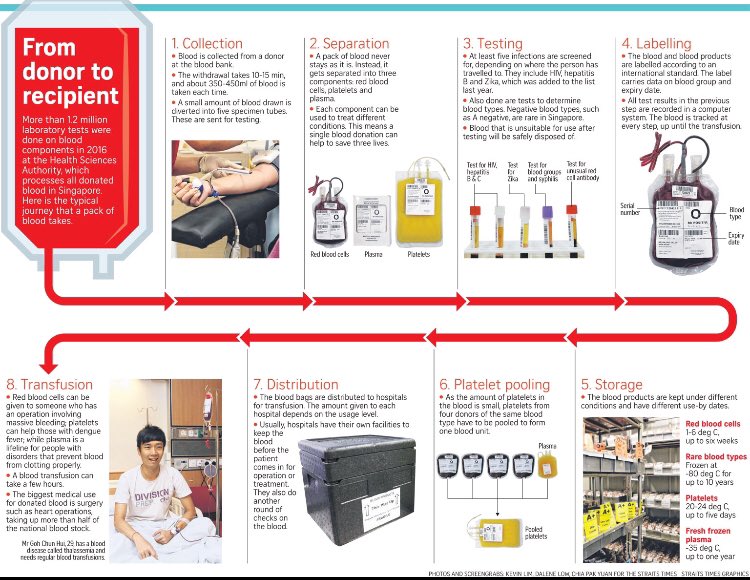 Red blood cells also play an important role in removing carbon dioxide from tissues and transporting it back to the lungs for excretion from the body.
Red blood cells also play an important role in removing carbon dioxide from tissues and transporting it back to the lungs for excretion from the body.
Red blood cells are usually measured in millions of cells per microliter of blood (µl). The normal level for men is 4.3 to 5.7 million/mcL, for women it is 3.8 to 5.1 million/mcL. A low red blood cell count can indicate various conditions, such as anemia, blood loss or blood loss, as well as the presence of certain diseases, including leukemia and leukemia.
- Causes of an increase in the level of red blood cells:
- Physical activity;
- Lack of oxygen in the body;
- Possible illnesses such as lung or cardiovascular disease;
- Certain hereditary diseases;
- Causes of low red blood cells:
- Anemia;
- Blood loss or blood loss;
- Certain diseases such as leukemia, leukemia and bone marrow diseases;
- Metabolic disorders;
Observing the level of red blood cells as a result of a blood test is an extremely important indicator of the health of the body. It allows you to identify the presence of anomalies and diseases, as well as to determine their degree and nature of development. With an increase or decrease in the level of red blood cells, you should consult a specialist and undergo additional studies to determine the causes and prescribe the correct treatment.
It allows you to identify the presence of anomalies and diseases, as well as to determine their degree and nature of development. With an increase or decrease in the level of red blood cells, you should consult a specialist and undergo additional studies to determine the causes and prescribe the correct treatment.
ESR
Erythrocyte sedimentation rate (ESR) is a measure that measures the rate of erythrocyte sedimentation in a test tube. This indicator is an important element in the general blood test.
ESR may be elevated in patients with infectious diseases, autoimmune diseases, cancer, and other inflammatory diseases.
- Normal ESR in men: 0 to 15 mm/hour.
- Normal ESR in women: 0 to 20 mm/h.
Norm ESR, mm/hour Women Men
| Up to 50 years | 0-20 | 0-15 |
| Over 50 years | 0-30 | 0-20 |
At elevated levels of ESR, it is necessary to conduct additional studies and find out the reason for this increase.
Hemoglobin
Hemoglobin is the protein component of red blood cells (erythrocytes) that is responsible for transporting oxygen from the lungs to tissues and back. Hemoglobin is composed of four subunits, each containing a heme group that binds oxygen and transports it through the blood. Hemoglobin is measured in grams per deciliter of blood (g/dL) and gives an indication of the amount of oxygen the blood can carry.
The normal level of hemoglobin depends on the age and sex of the person. In healthy men, hemoglobin levels range from 13.5 to 17.5 g/dL, and in healthy women, from 12.0 to 15.5 g/dL.
Low hemoglobin (anemia) can occur due to a variety of reasons, including iron deficiency, vitamin B12 deficiency, folic acid deficiency, blood loss, genetic disorders and other diseases. Symptoms of anemia can include lethargy, weakness, dizziness, palpitations, and shortness of breath.
- To maintain a normal level of hemoglobin in the blood, it is necessary:
- – Eat iron-rich foods such as red meat, animal organs, legumes, green vegetables and dried fruits.

- – Drink enough fluids to reduce the viscosity of the blood and facilitate its circulation.
- – Avoid smoking and excessive alcohol consumption, which can reduce the amount of oxygen available in the blood.
High hemoglobin , also known as erythrocytosis, may be associated with smoking, altitude, polycythemia (an increased number of red blood cells), and other medical conditions.
Hemoglobin (g/dL) Interpretation
| Less than 12.0 | Low hemoglobin | Normal hemoglobin level |
| 13.5 — 17.5 (men) | Normal hemoglobin level | |
| More than 17.5 | High hemoglobin |
Normal values
A blood test includes several parameters that help determine the overall health of the body. The normative values for each parameter usually differ depending on age, gender and other factors.
Leukocytes
The normal level of leukocytes in the blood varies from 4,000 to 10,000 per cubic millimeter. This indicator displays the number of white blood cells that protect the body from infections and diseases. It can increase with inflammation and infectious diseases.
This indicator displays the number of white blood cells that protect the body from infections and diseases. It can increase with inflammation and infectious diseases.
Red blood cells
The level of red blood cells, or red blood cells, also varies with age and sex. Typically, the level of red blood cells in the blood ranges from 4 to 6 million per cubic micrometer in men and from 3.5 to 5.5 million per cubic micrometer in women. This parameter displays the ability of blood to carry oxygen from the lungs to tissues and organs.
ESR
Erythrocyte sedimentation rate, or ESR, is an indicator of inflammation and disease in the body. The normal level of ESR in women is from 0 to 20 mm / h, in men – from 0 to 15 mm / h. However, ESR levels may be elevated in a number of conditions, including infections, autoimmune diseases, and cancers.
Hemoglobin
The hemoglobin level reflects the amount of oxygen carried by the blood. The normal hemoglobin level in men is 13. 5 to 17.5 g/dl and in women it is 12.0 to 15.5 g/dl. This setting can be changed for various diseases including anemia, cardiovascular disease and various blood disorders.
5 to 17.5 g/dl and in women it is 12.0 to 15.5 g/dl. This setting can be changed for various diseases including anemia, cardiovascular disease and various blood disorders.
How is the blood test for leukocytes, erythrocytes, soy and hemoglobin?
Blood sampling
A blood test for leukocytes, erythrocytes, ss and hemoglobin is carried out after taking blood from a vein. For this, a special needle is used, which is used to puncture the skin in the area of \u200b\u200bthe elbow.
After the needle enters the vein, blood with a sterile syringe tube is collected in several samples: each sample is reserved for a certain type of research.
Preparation for analysis
It is recommended to abstain from food for 8-12 hours before testing for leukocytes, erythrocytes, soy and hemoglobin. For the accuracy of the result, it is also important not to smoke or exercise for several hours before taking blood.
It is also important to inform the lab analyzer of all medications you are taking, as some of them may skew the blood test results.
Analysis processing
Blood collected for analysis is sent to a special laboratory. They conduct various studies, which may include counting leukocytes and erythrocytes, measuring hemoglobin and soy.
WBC, RBC, ESR and hemoglobin results are usually available in a few days.
When should I take a blood test for leukocytes, erythrocytes, soy and hemoglobin?
The need for a blood test is due to several factors, including:
- preventive medical examinations;
- onset of disease symptoms;
- disease control;
- confirmation of diagnosis;
- prescribing drugs and monitoring their effectiveness;
- assessment of the functioning of the organism.
WBC, RBC, ESR, and hemoglobin blood tests may be ordered by a physician as part of a preventive health check-up, which is recommended annually. Also, an analysis can be prescribed if the patient has certain symptoms of the disease, such as fever, headache, weakness, anemia, bleeding, and others.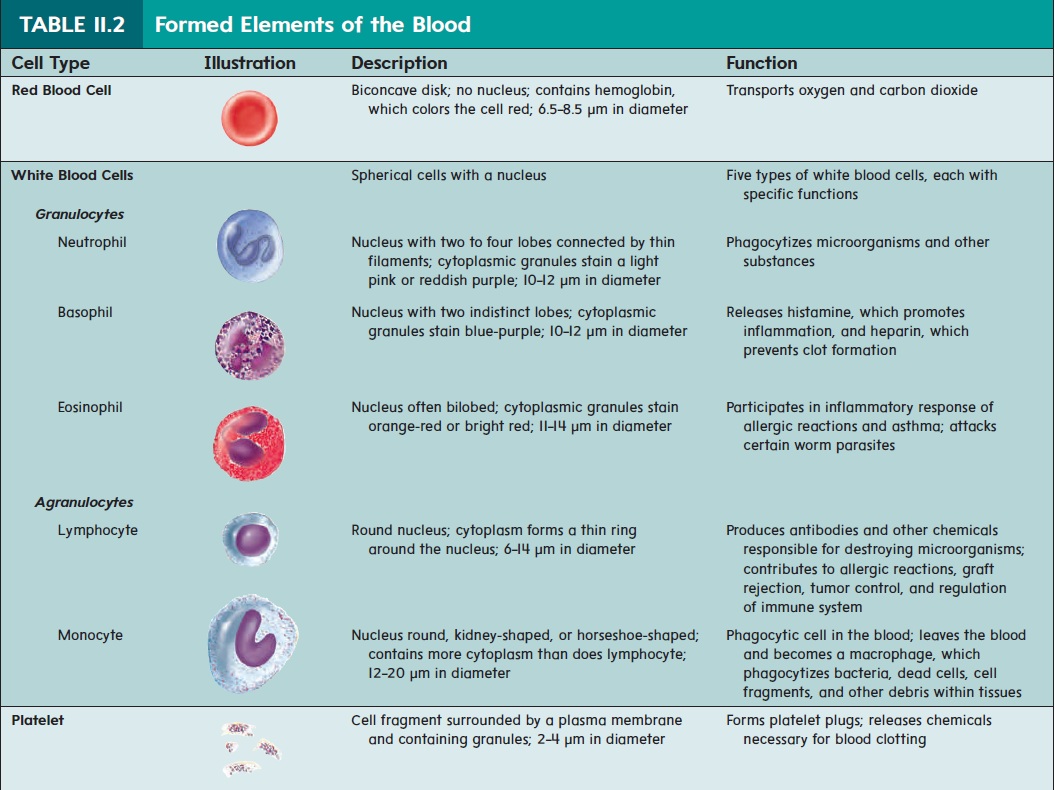
Blood tests for leukocytes, erythrocytes, ESR and hemoglobin are necessary for certain types of medical interventions, such as surgery, childbirth and others. When prescribing drugs, it is also necessary to monitor their effectiveness and observe the correct dosage.
Effect of diet on blood test results
Blood test is an important way to monitor the state of the body. Leukocytes, erythrocytes, soy and hemoglobin – all these indicators reflect the main functions of the blood. However, few people know that nutrition can also affect them.
However, there are certain foods that can improve blood test results. For example, eating iron-rich foods in moderation can help restore hemoglobin levels. At the same time, an excess of such products can also adversely affect the condition of the blood.
- Recommendations:
- When changing diet, be sure to pay attention to the blood test results.
- You should not strive for too strict diets, which can lead to a deficiency of useful elements in the body.

- You can include iron-rich foods in your diet by simply controlling their amount.
Interpreting blood test results
White blood cells
White blood cells (leukocytes) are an important part of the immune system that can protect the body from infections and other diseases. An elevated white blood cell count may indicate an infection or inflammation in the body. A decrease in the level of leukocytes may indicate a decrease in immunity or problems in the bone marrow.
Red blood cells
Red blood cells (erythrocytes) carry oxygen throughout the body. A low red blood cell count can indicate anemia, which can be caused by a variety of causes, including iron deficiency anemia, vitamin deficiencies, and other medical conditions. High red blood cell levels may indicate cardiovascular problems such as polycythemia and hypoxia.
ESR
The erythrocyte sedimentation rate (ESR) is an indicator that reflects the rate of red blood cell sedimentation in the blood.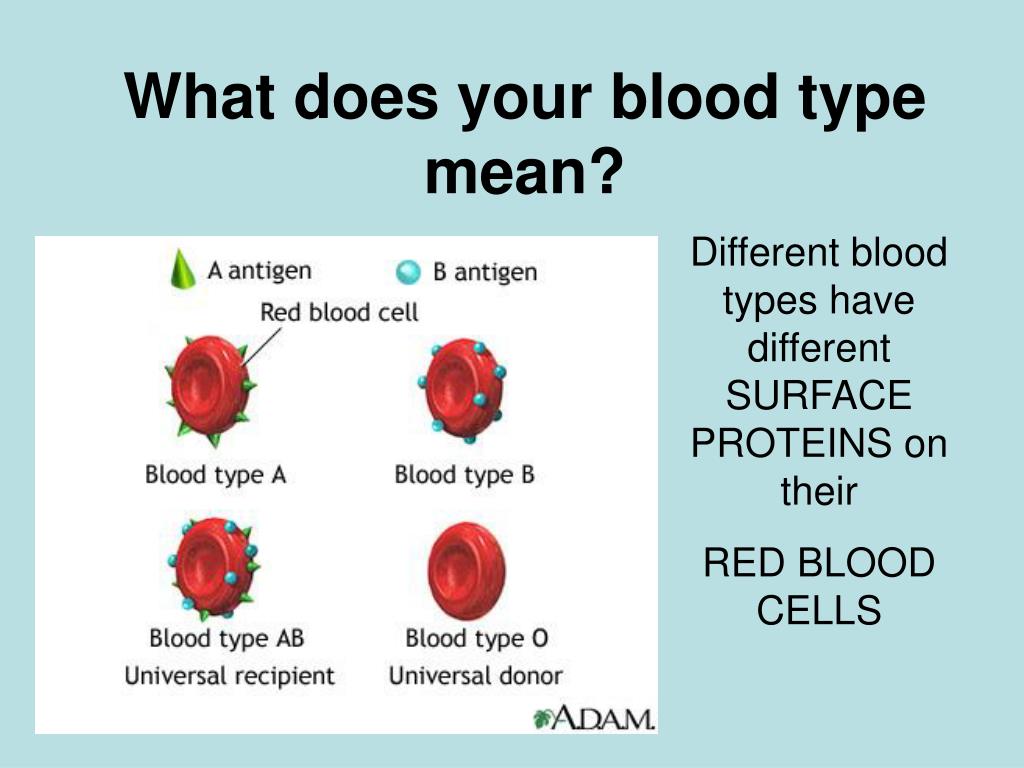 This indicator can be increased in diseases such as rheumatoid arthritis, inflammatory bowel disease and others. However, elevated ESR may also be related to age and other normal factors.
This indicator can be increased in diseases such as rheumatoid arthritis, inflammatory bowel disease and others. However, elevated ESR may also be related to age and other normal factors.
Hemoglobin
Hemoglobin is the protein component of red blood cells that is responsible for transporting oxygen in the body. Low hemoglobin levels can indicate anemia and other conditions. A high level of hemoglobin can indicate problems with the cardiovascular system, such as polycythemia, chronic obstructive pulmonary disease, and others.
Additional tests
Urinalysis
If there are abnormalities in the blood counts of leukocytes, erythrocytes, ESR and hemoglobin, it is necessary to conduct an additional study – urinalysis. This analysis allows you to detect the presence of infectious processes in the urinary tract, determine the level of proteins and glucose in the urine, and also detect the presence of blood, which may indicate the presence of diseases of the kidneys and bladder.
Biochemical blood test
Additionally, a biochemical blood test is performed, which allows you to determine the level of hormones, proteins, lipids, carbohydrates, minerals, etc. As a result of this analysis, you can detect the presence of diseases of the liver, kidneys, diabetes, metabolic disorders, etc.
Bone marrow biopsy
If leukemia or other blood disorders are suspected, a bone marrow biopsy is performed. During the study, a small sample of bone marrow tissue is taken, which is examined for the presence of malignant cells and other abnormalities.
- Additional examinations provide a complete picture of the state of health.
- Some diseases can only be detected with additional tests.
- After receiving the results of tests and studies, the doctor prescribes the correct treatment and recommendations for the patient.
Related videos:
youtube.com/embed/Xb8Bu4Ksh-s” frameborder=”0″ allowfullscreen=”allowfullscreen”>
Q&A:
What values of white blood cells are considered normal?
Normal adult white blood cell count is 4 to 99 cells per liter of blood.
Why analyze the content of erythrocytes in the blood?
The analysis of erythrocytes in the blood helps to determine the presence of anemia, hemolytic diseases, disorders of water and electrolyte balance.
What is hemoglobin and what are its norms in the blood?
Hemoglobin is a protein compound that is responsible for carrying oxygen in the body. Norms of hemoglobin in the blood: for men – from 130 to 160 g / l, for women – from 120 to 140 g / l.
What diseases can be detected in the analysis of ESR?
An increased level of ESR may indicate the presence of inflammatory processes in the body, infectious diseases, autoimmune diseases, oncological diseases, etc.
What reasons can lead to an increase in the level of leukocytes?
An increase in the level of leukocytes can be caused by infectious diseases, inflammatory processes, tumors, stress, injuries, etc.

 3-32.3
3-32.3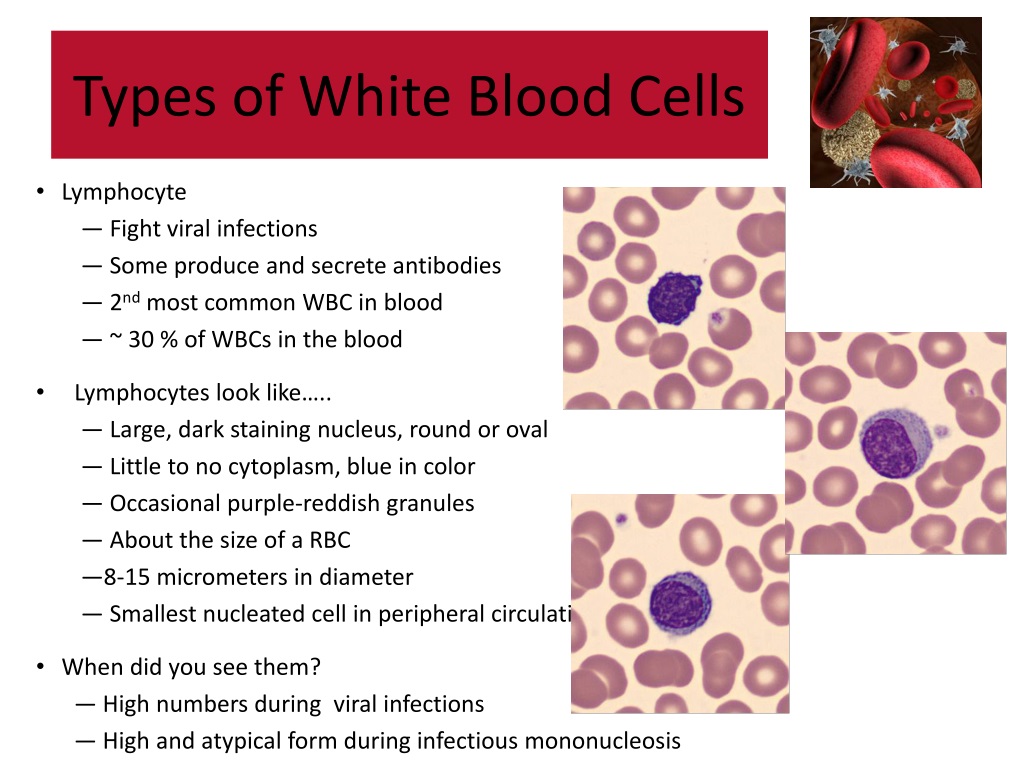
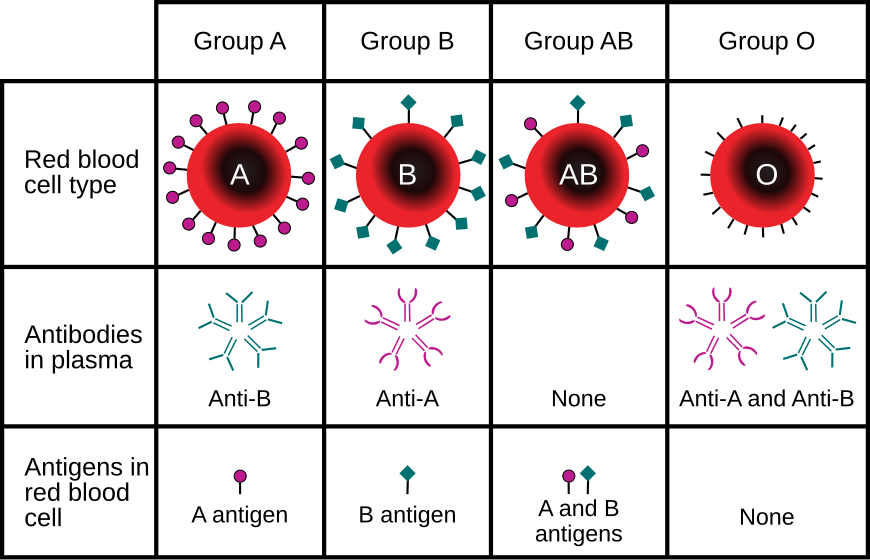 blood 140 ₽
blood 140 ₽
 blood 140 ₽
blood 140 ₽
 1 Blood test: indicators and value
1 Blood test: indicators and value 11 Additional tests
11 Additional tests
